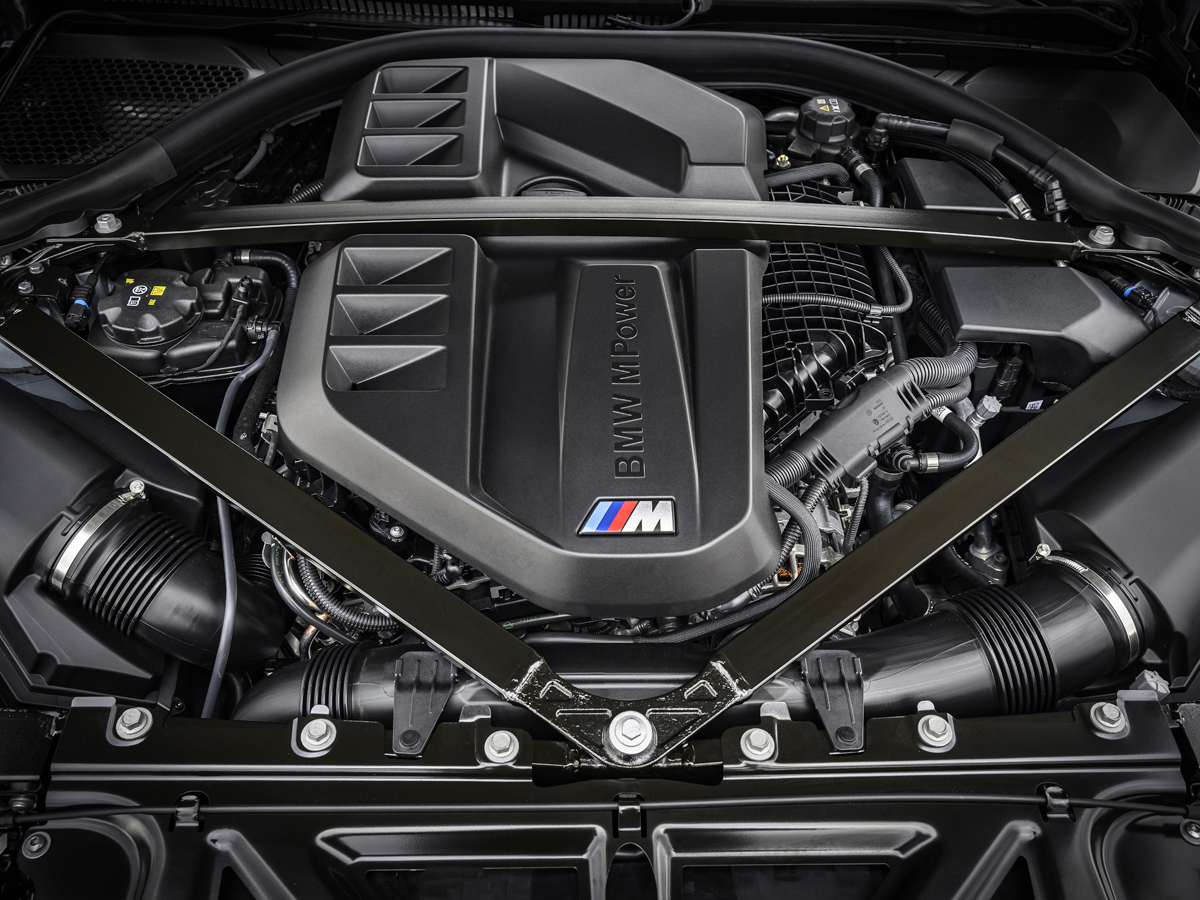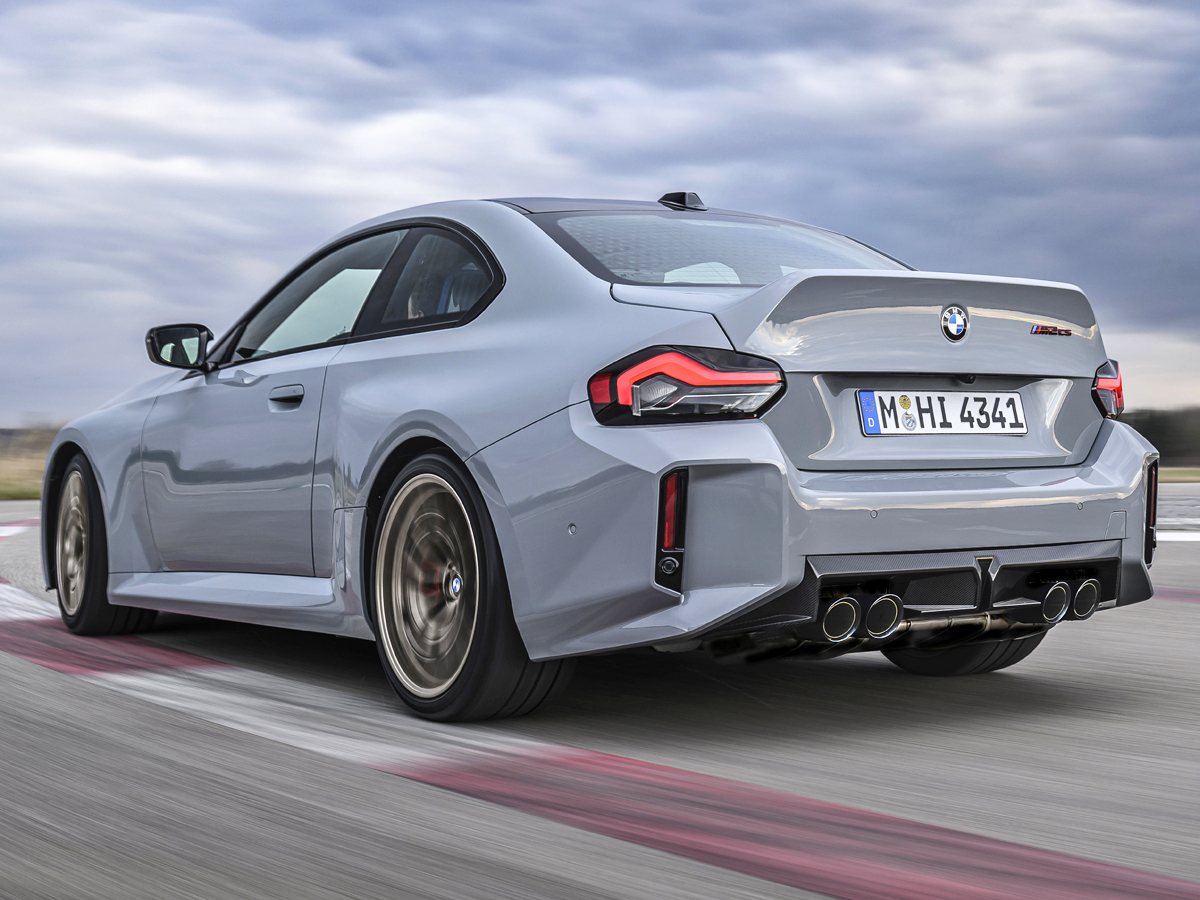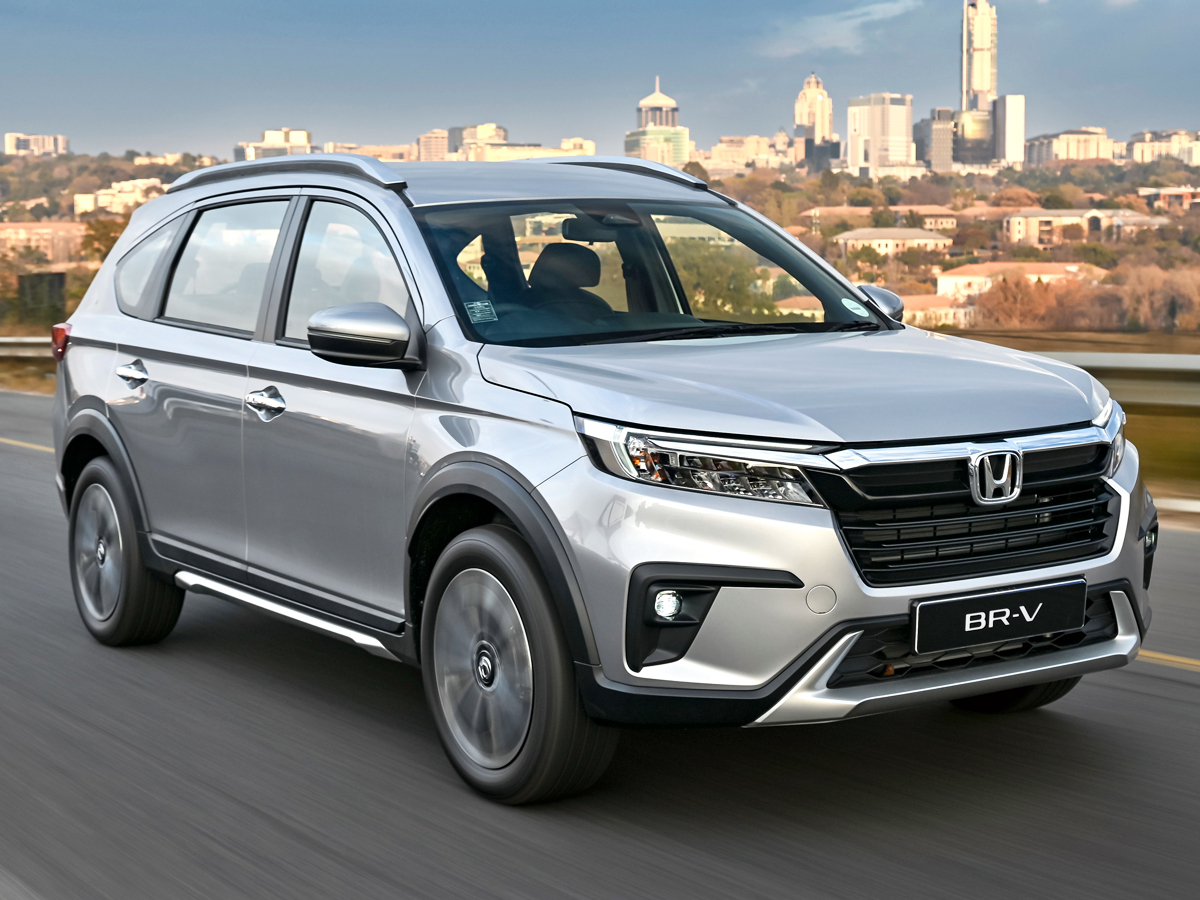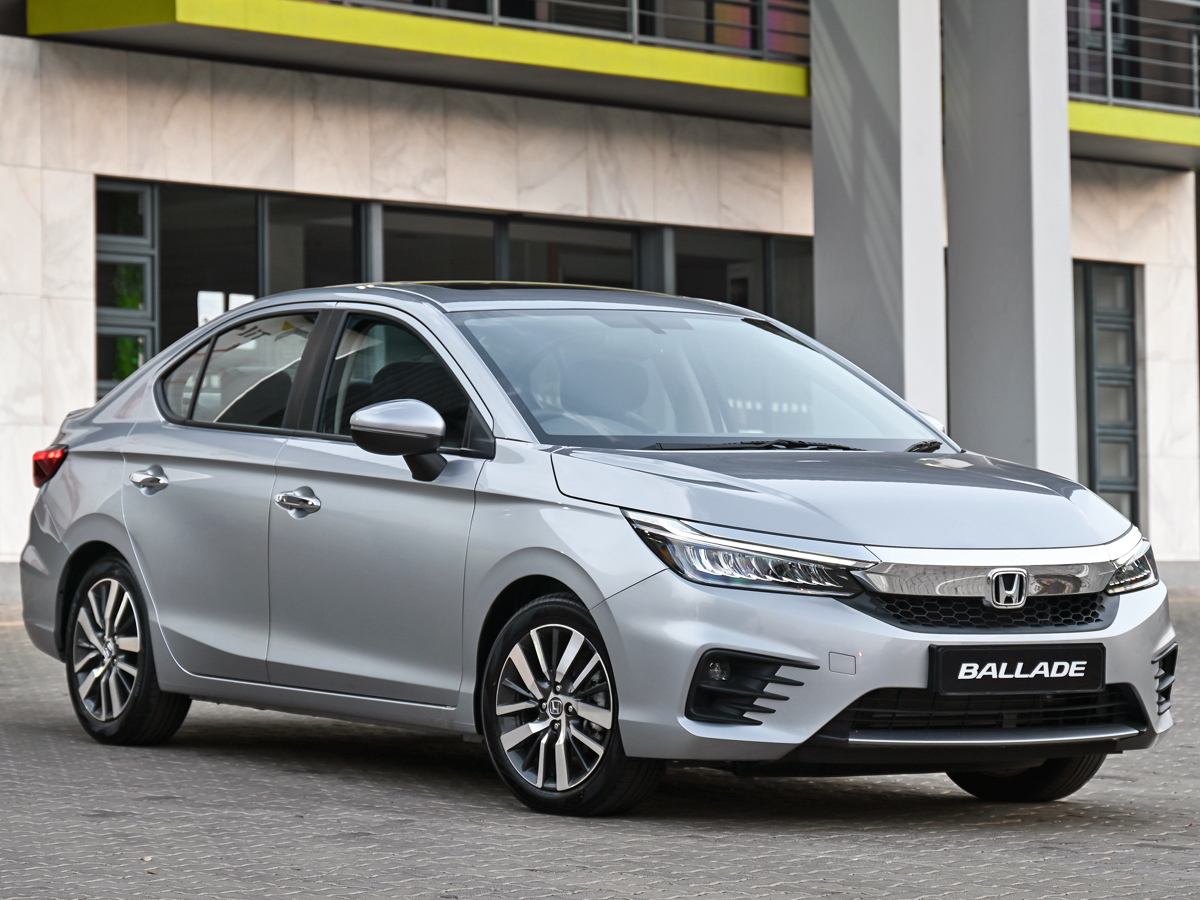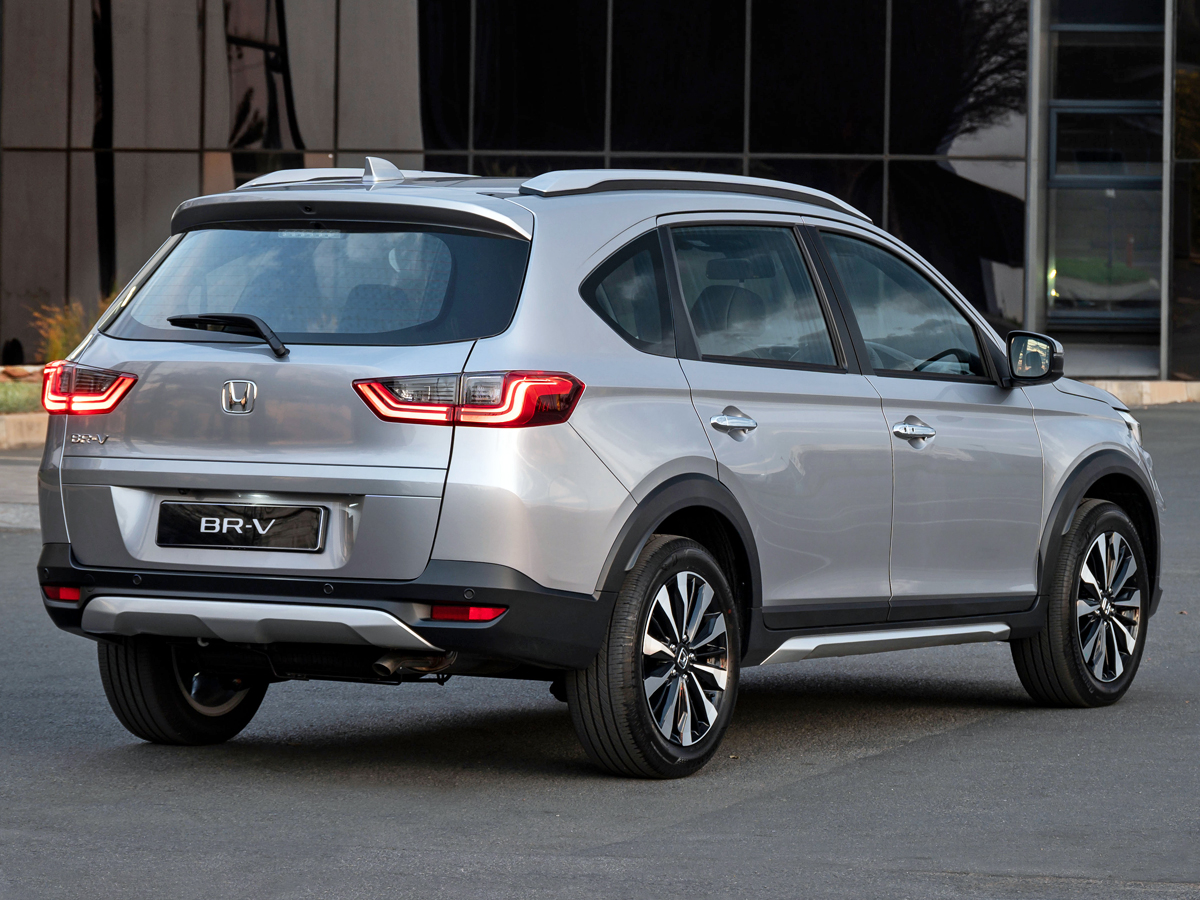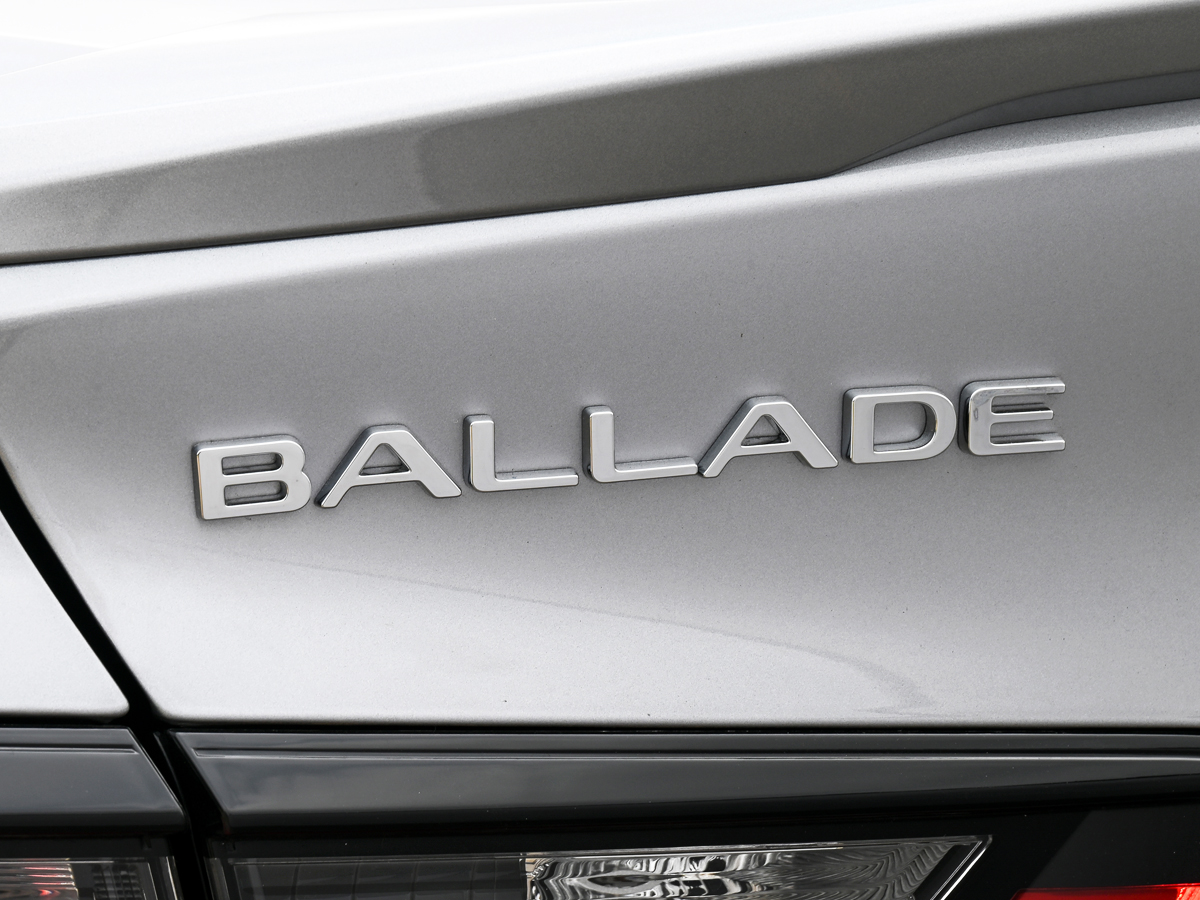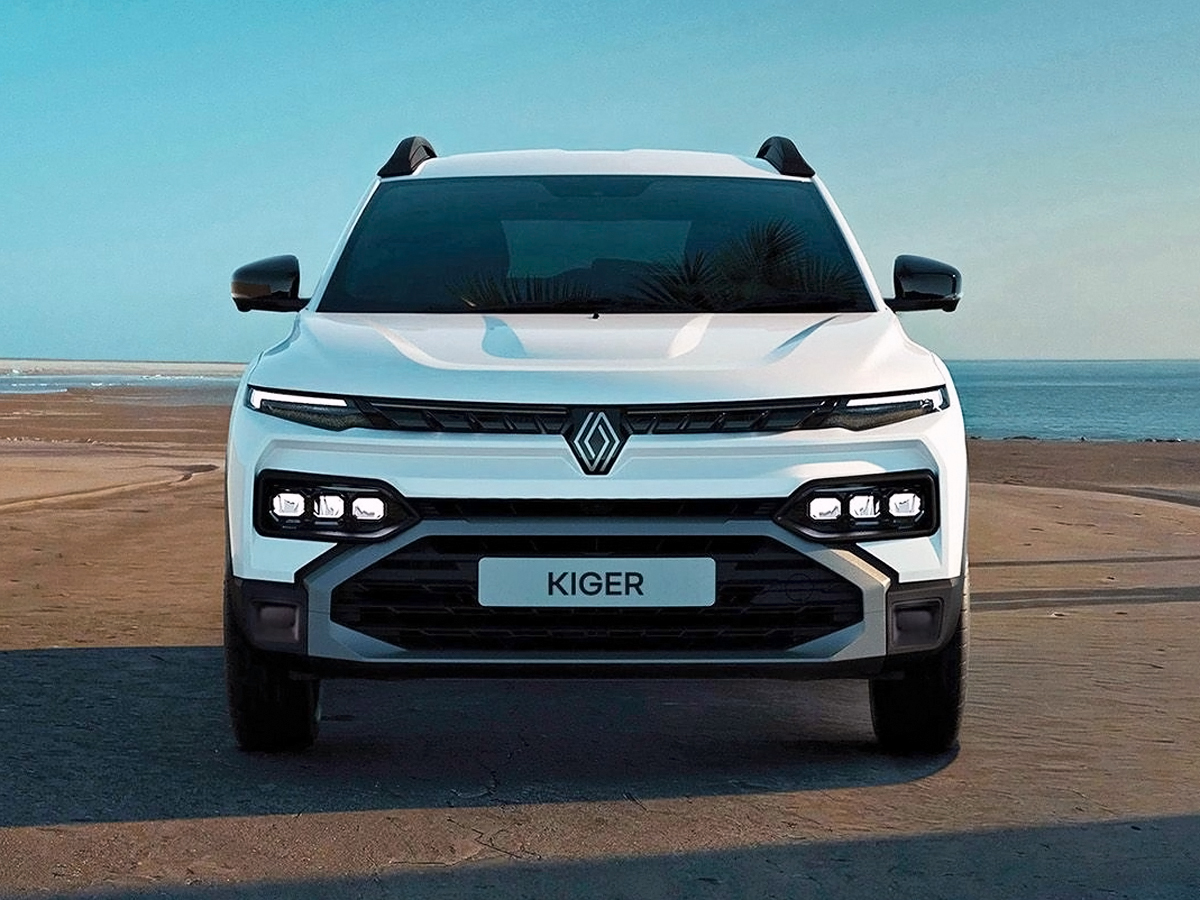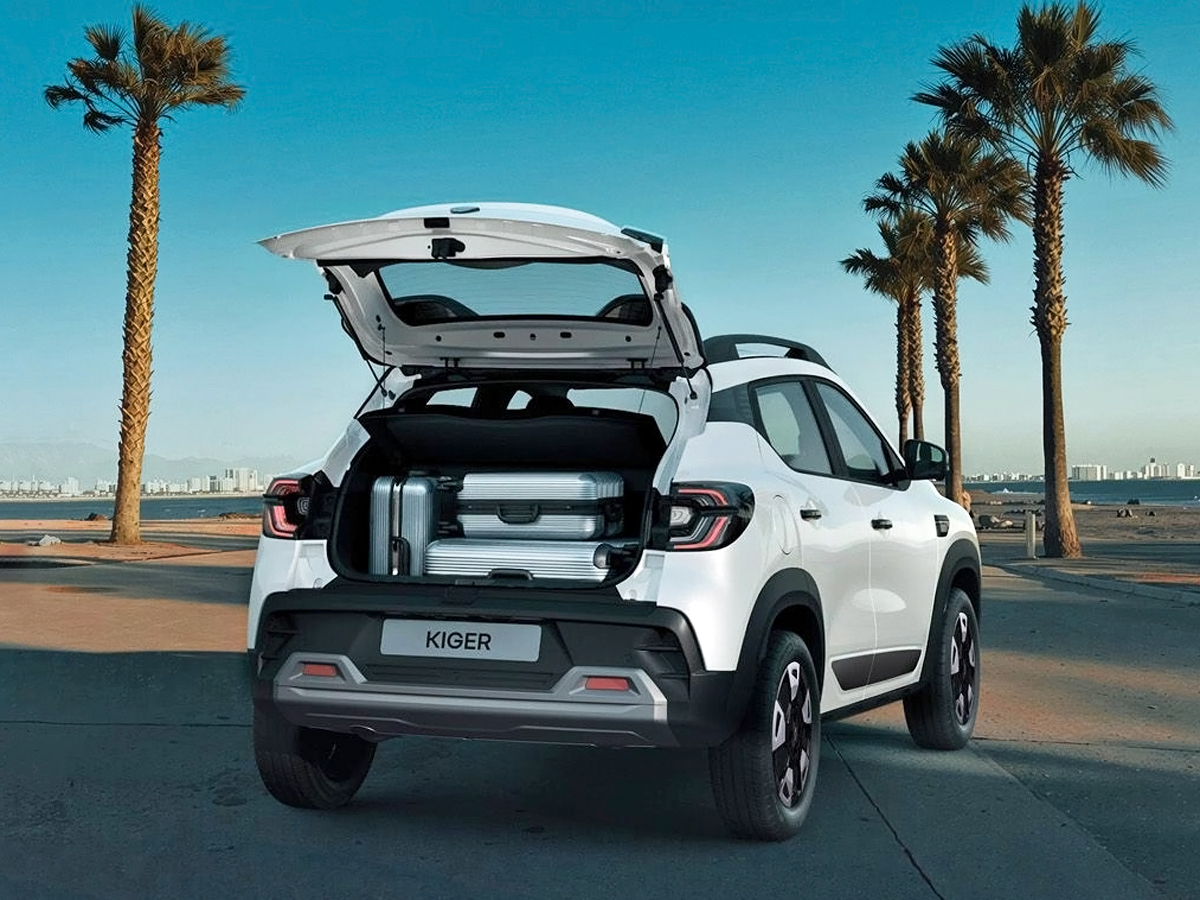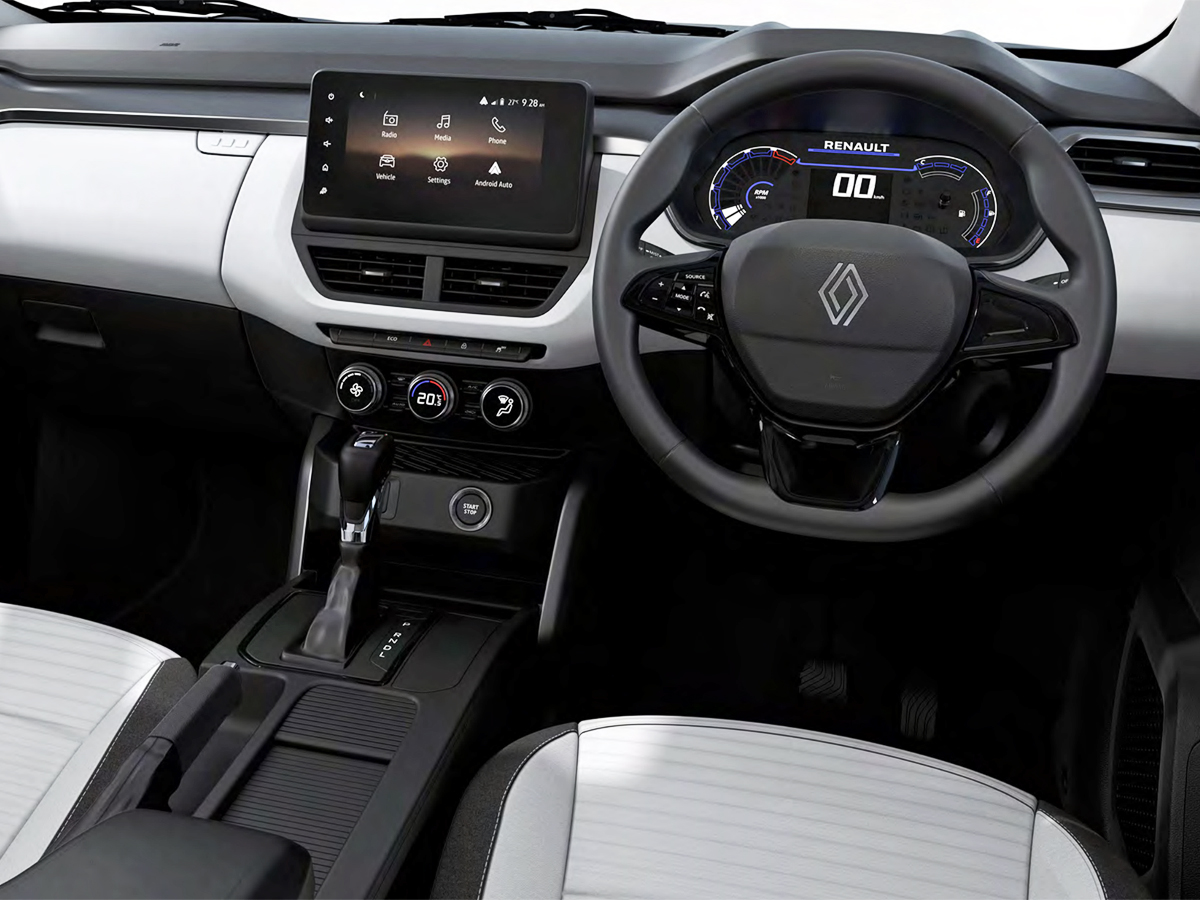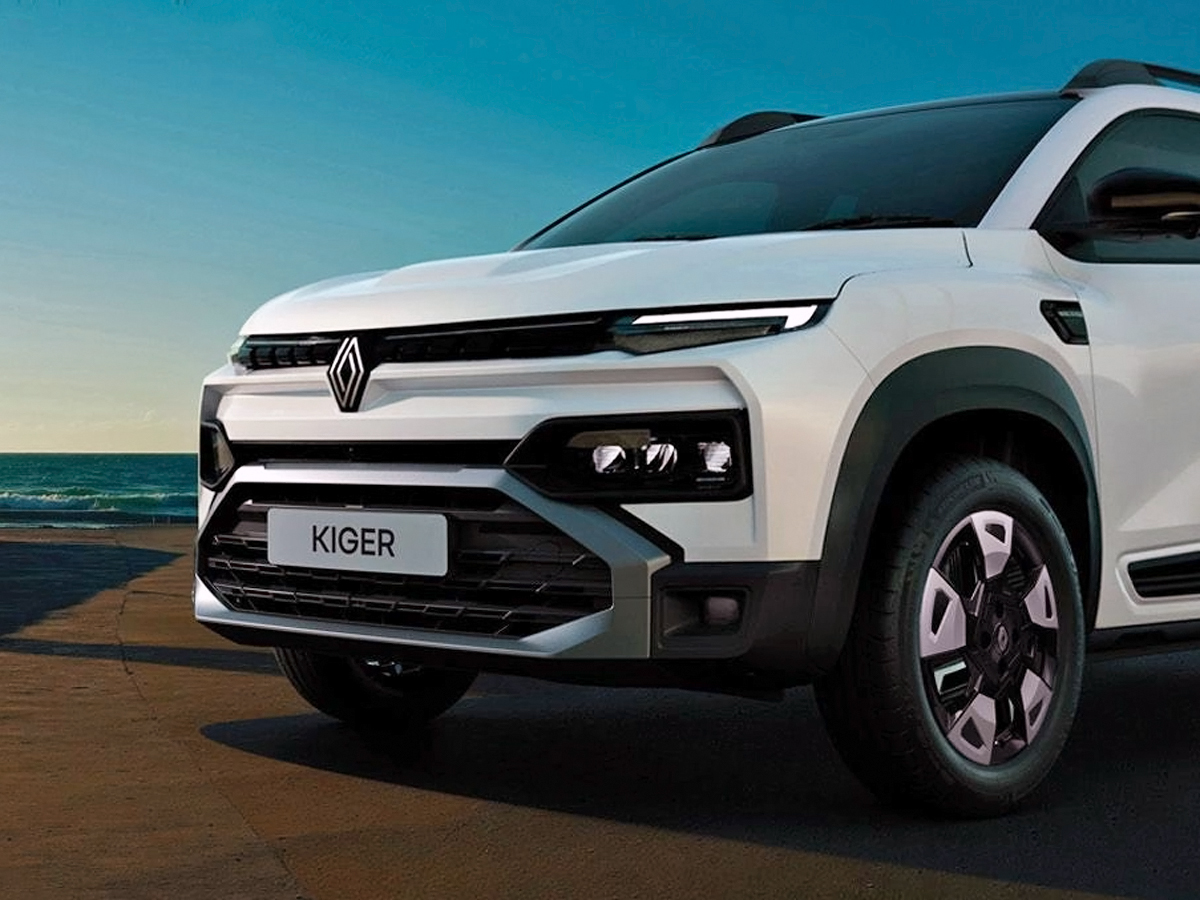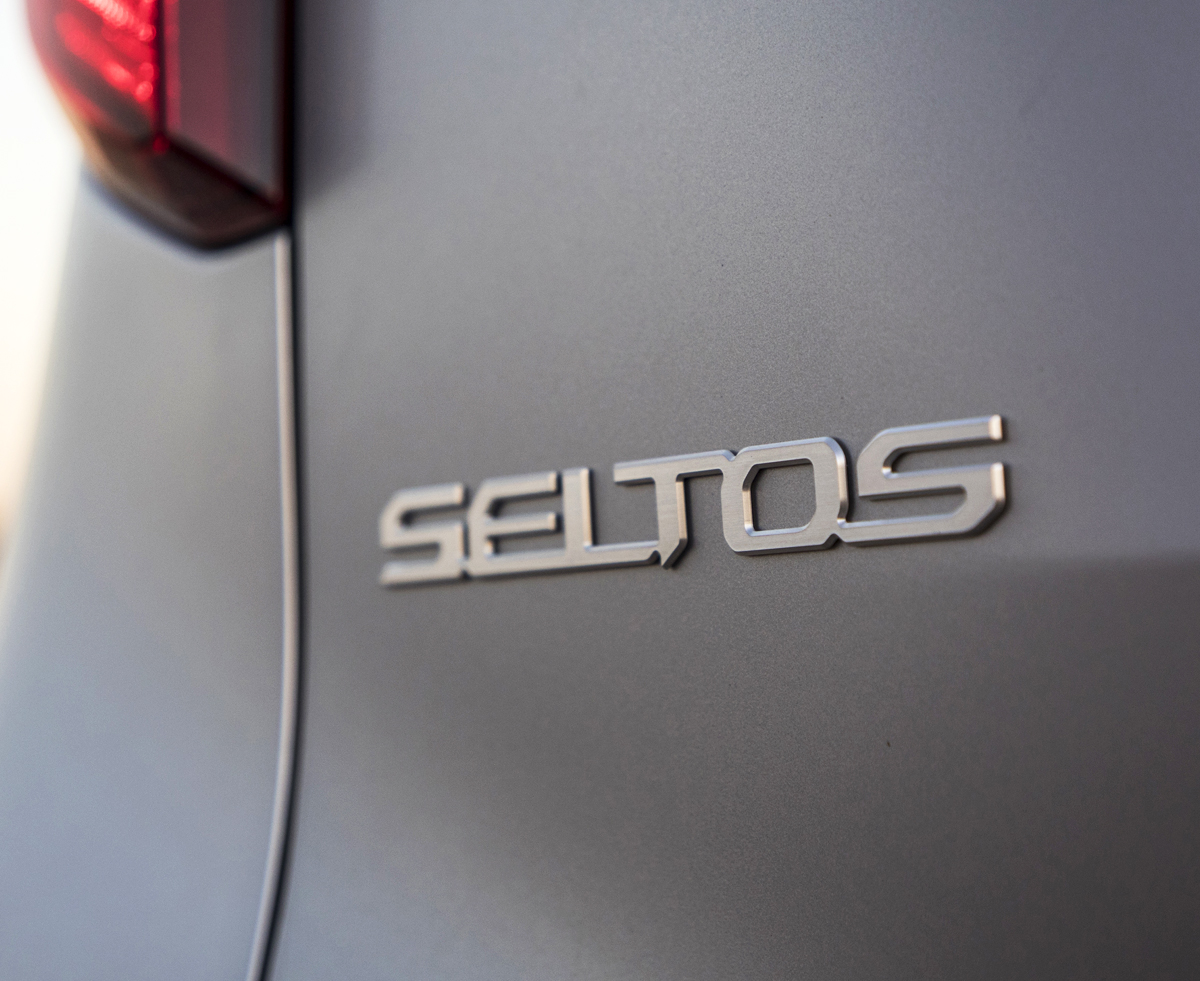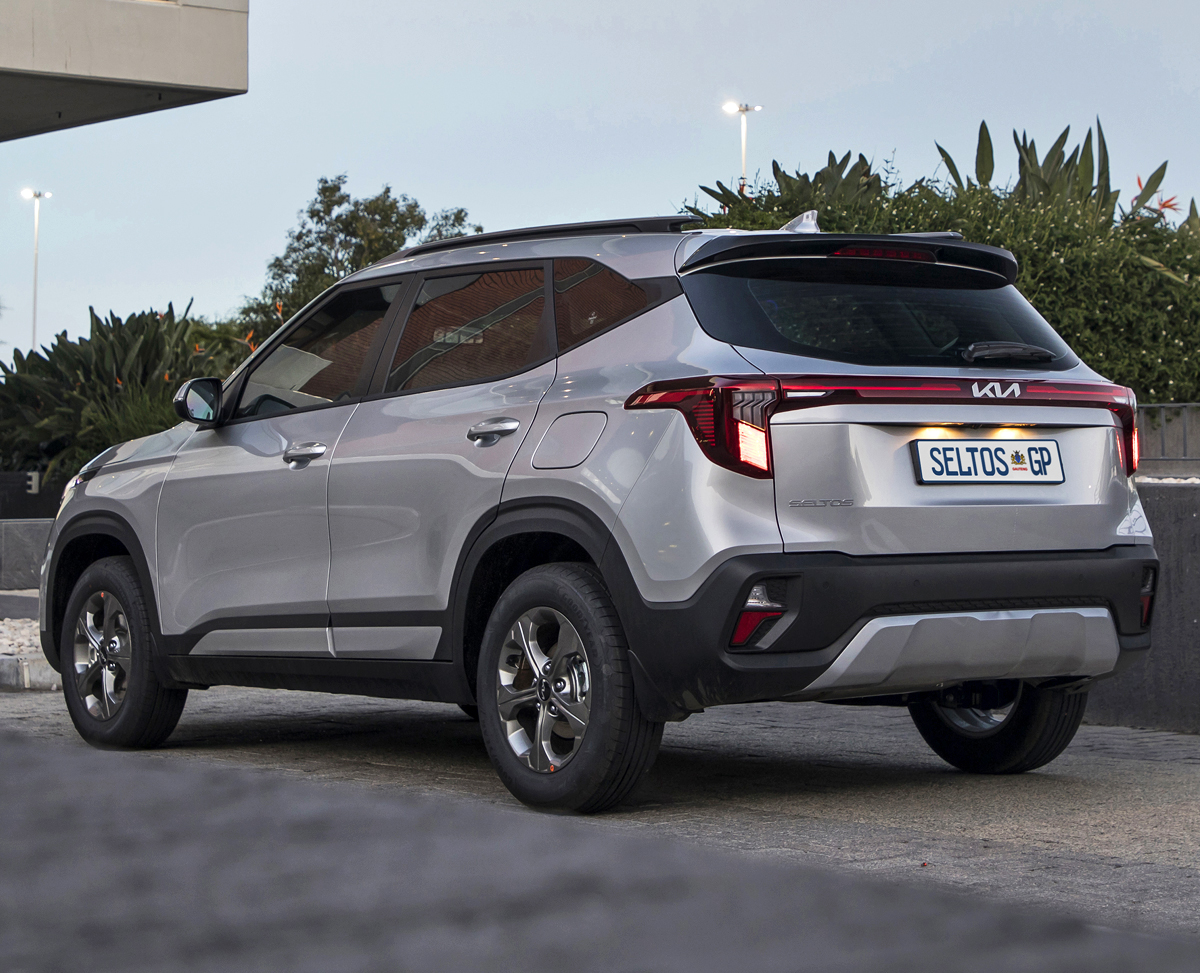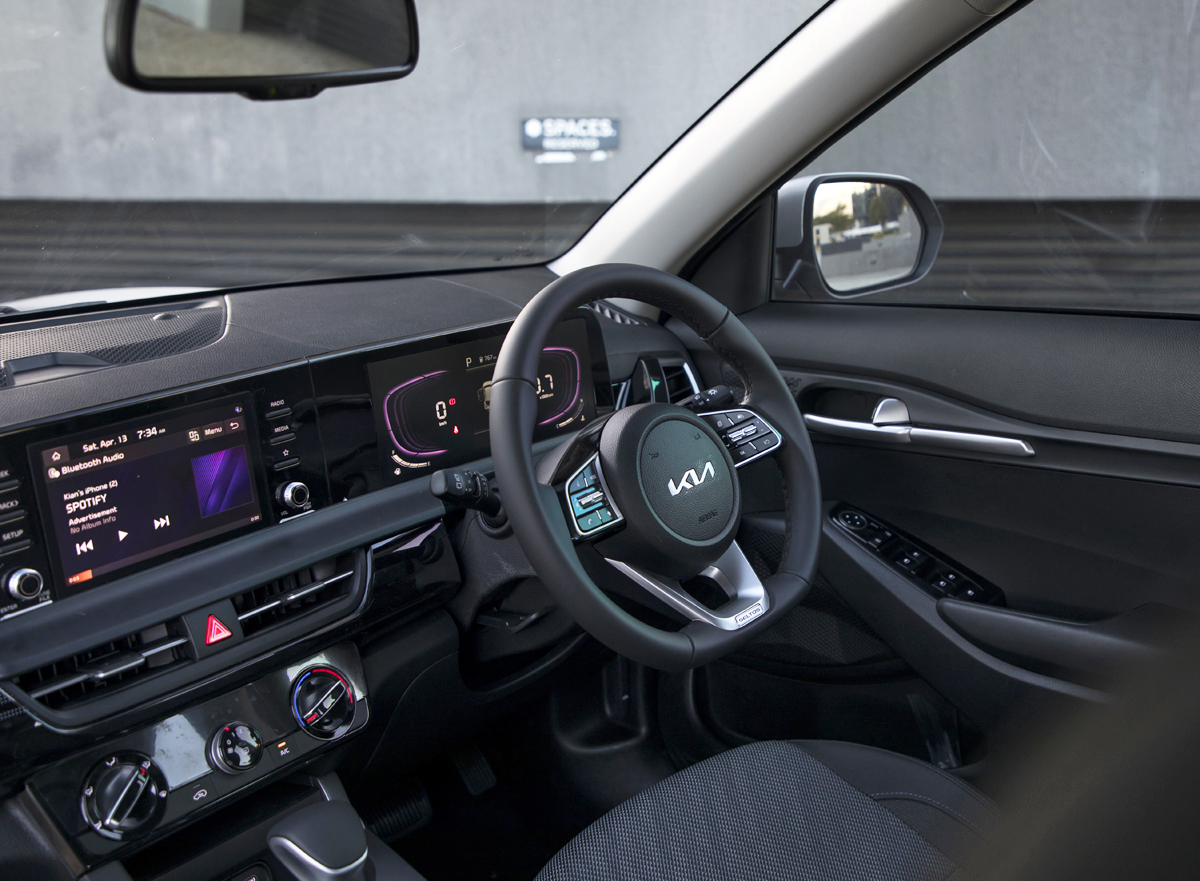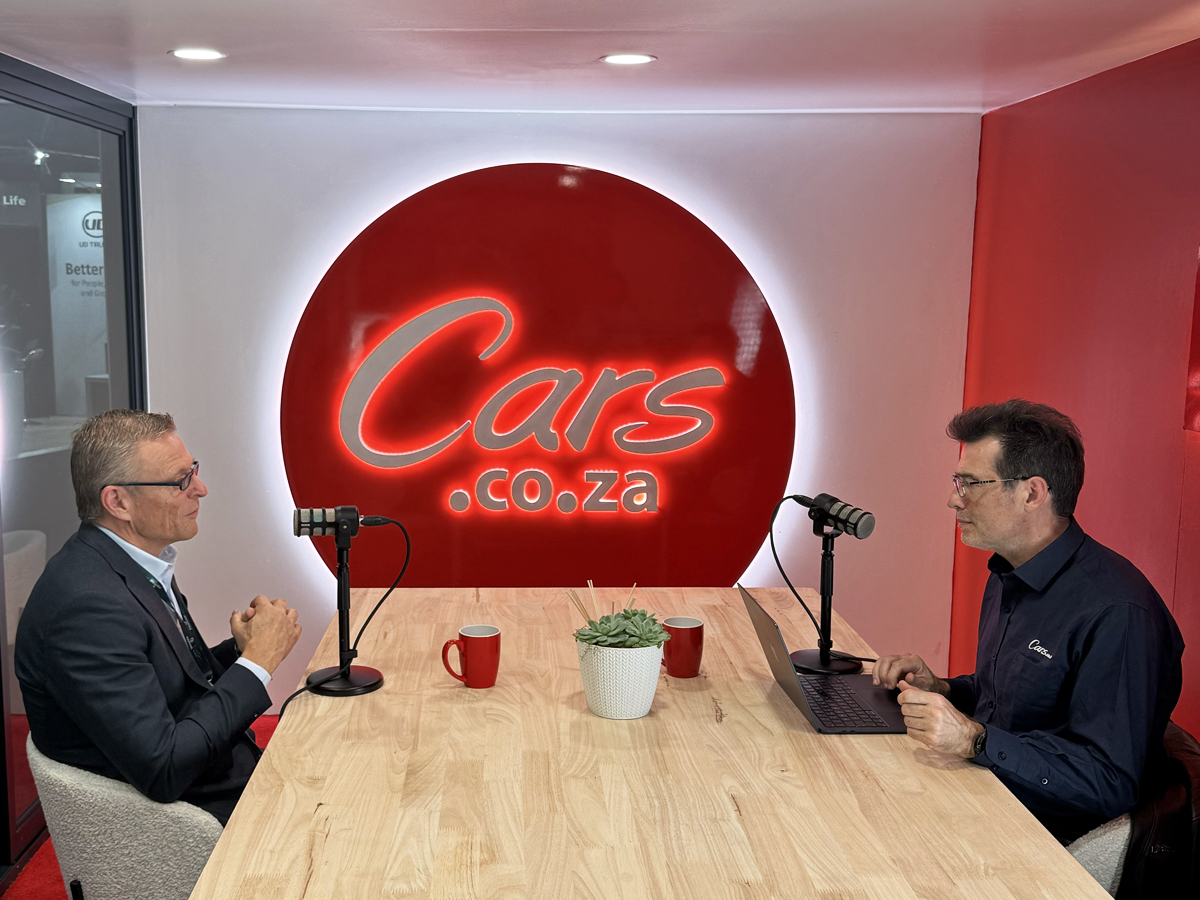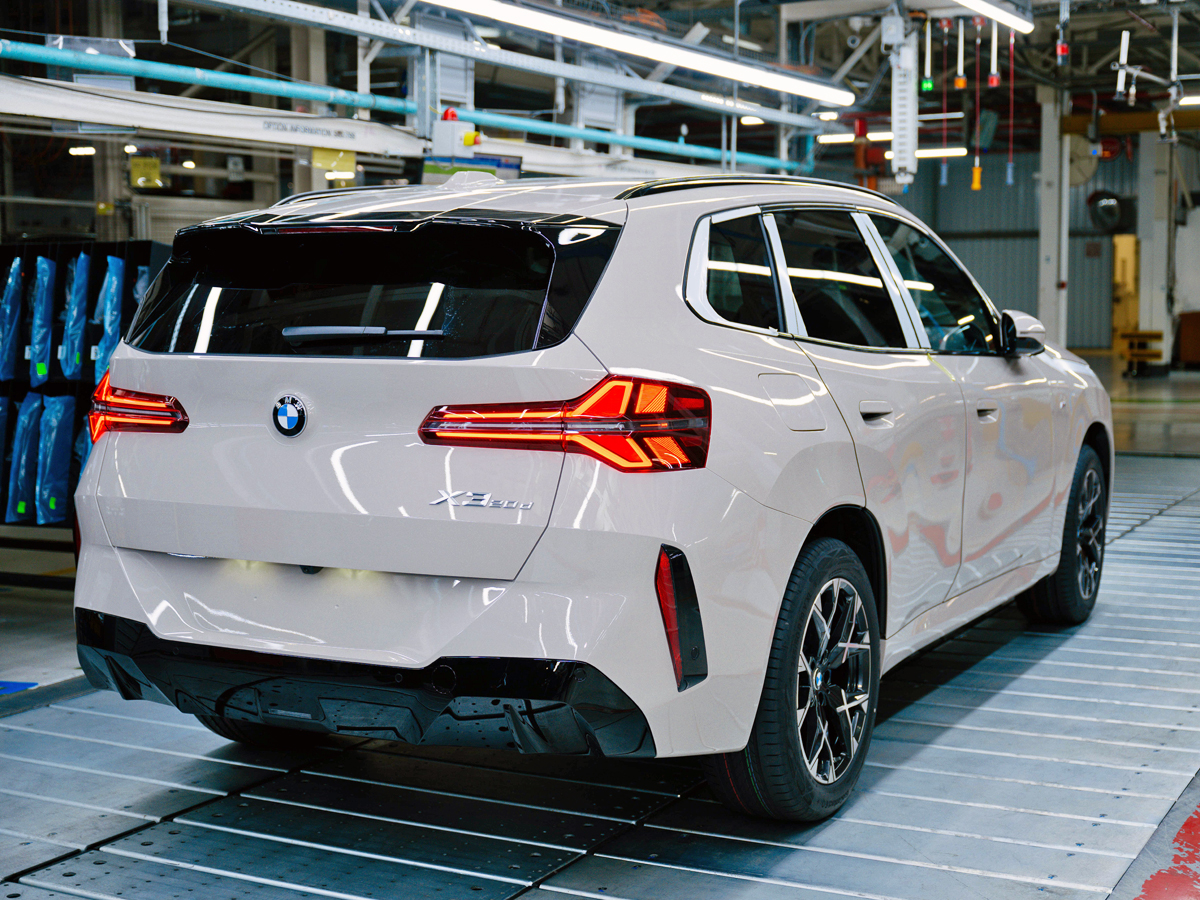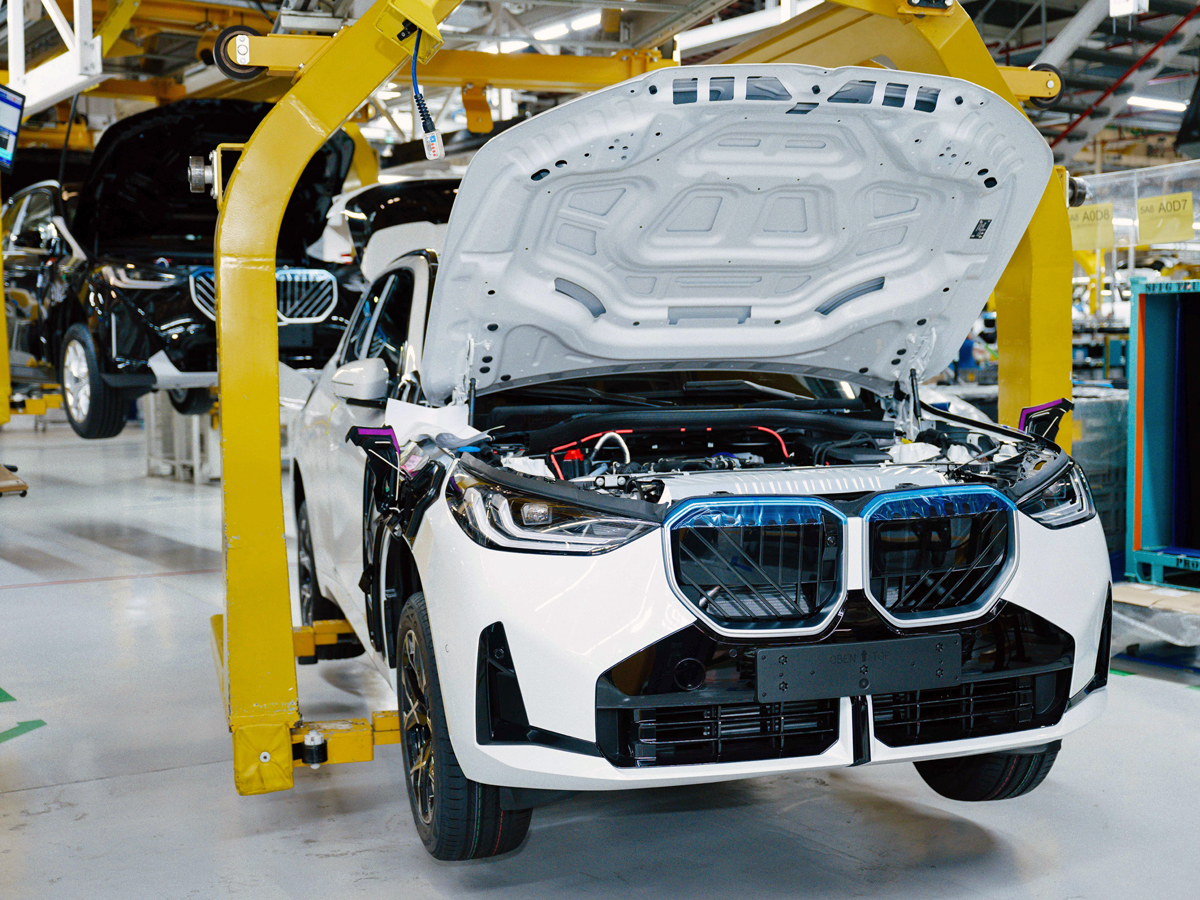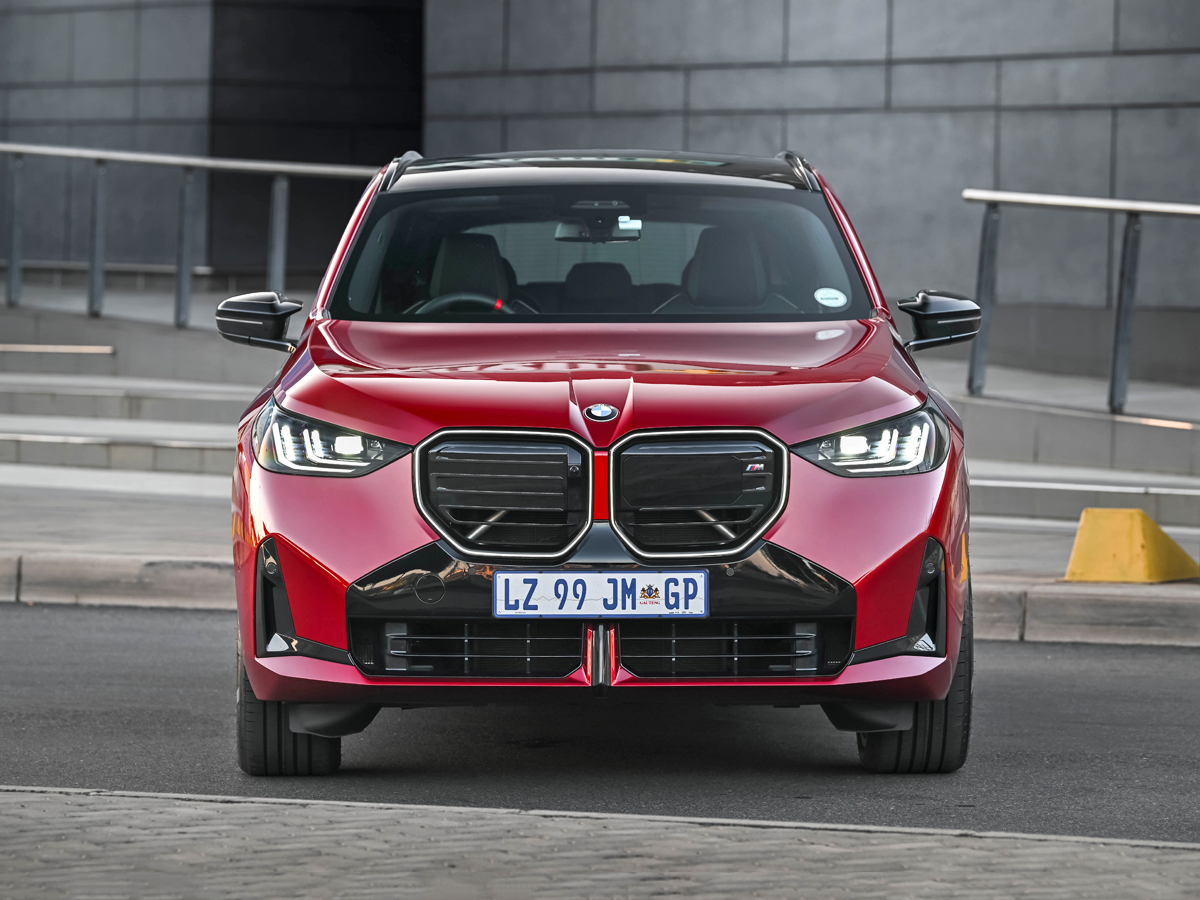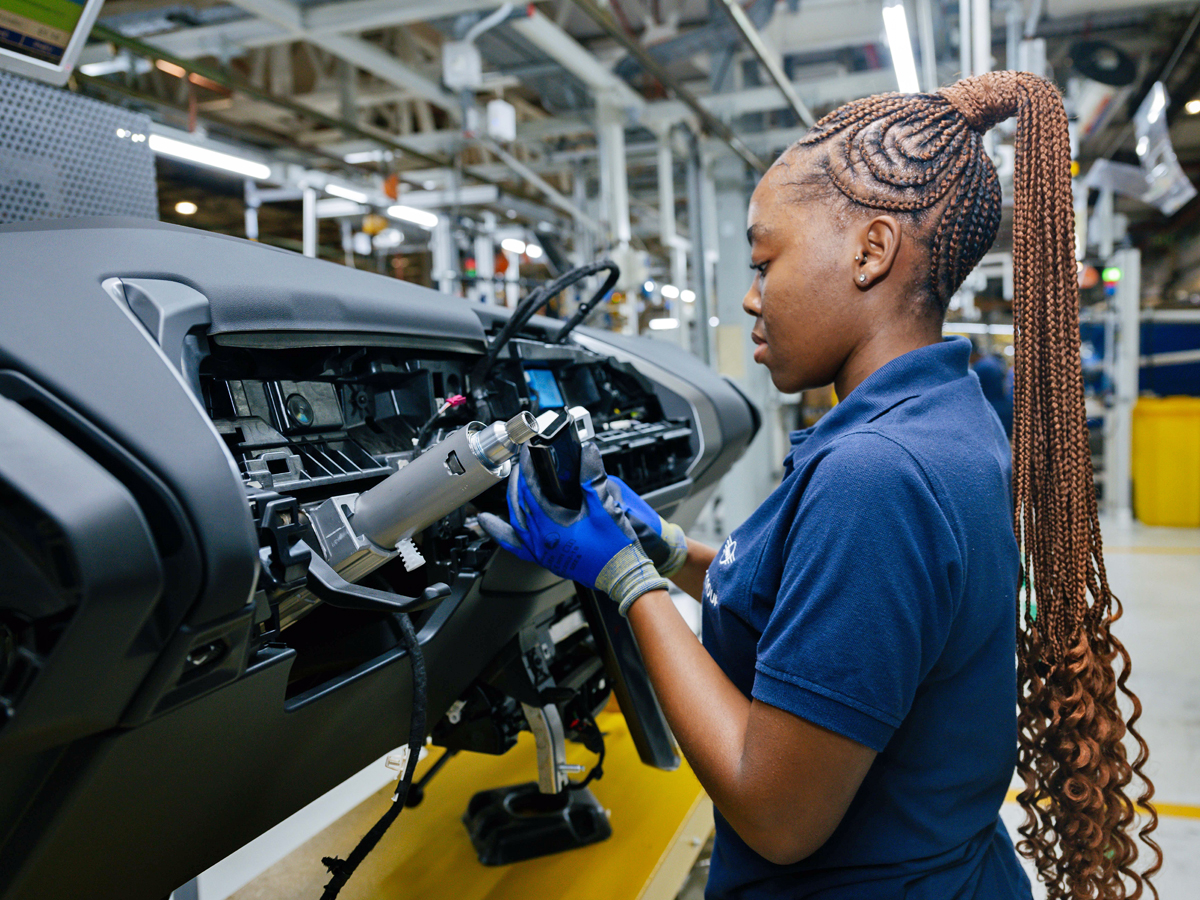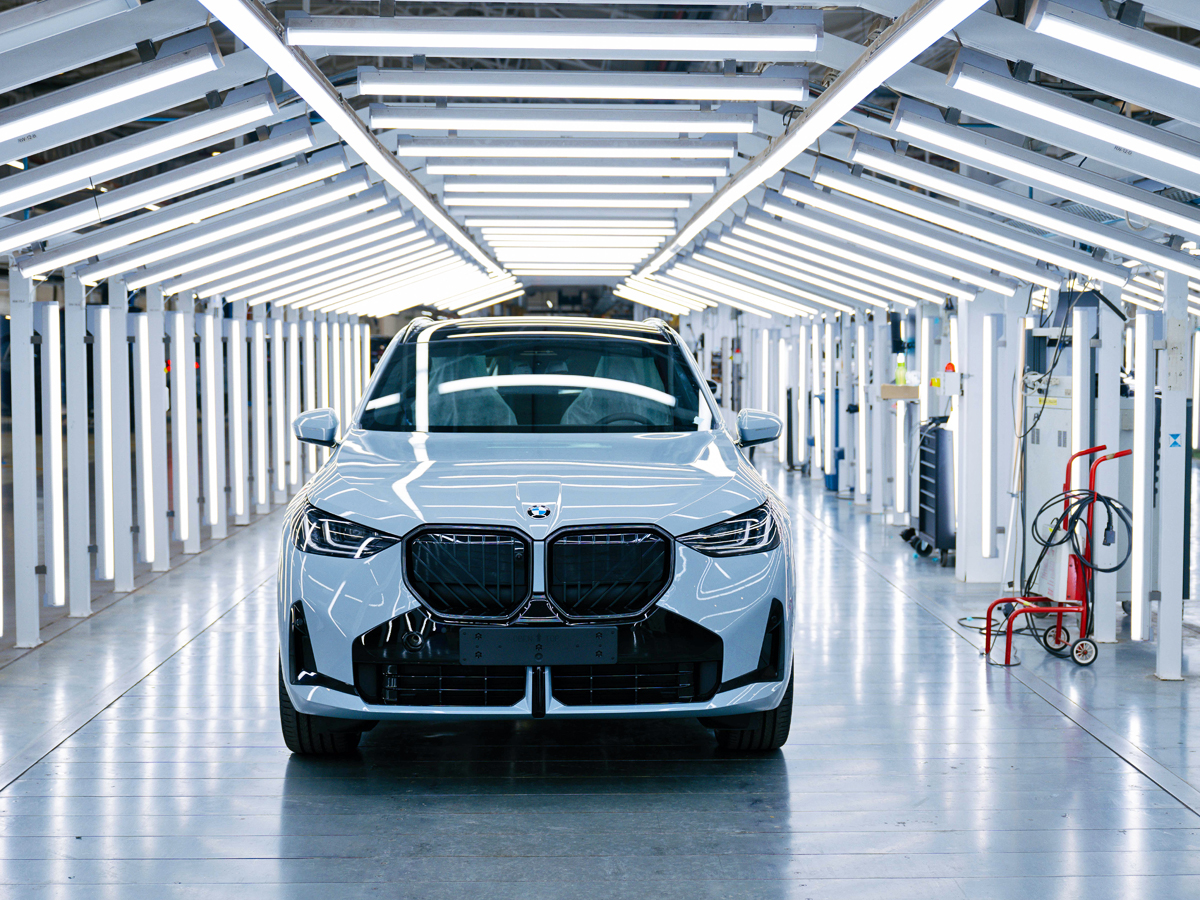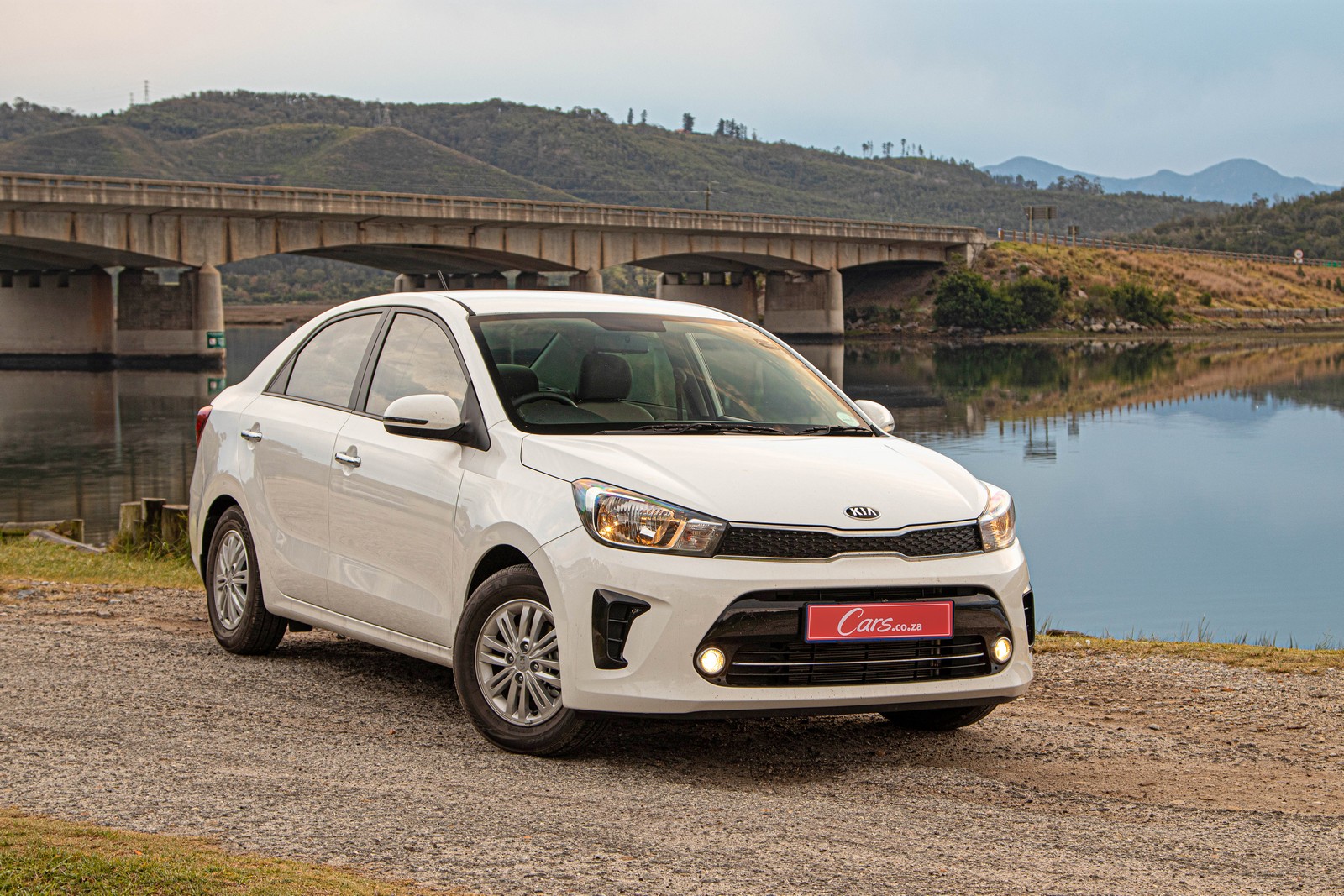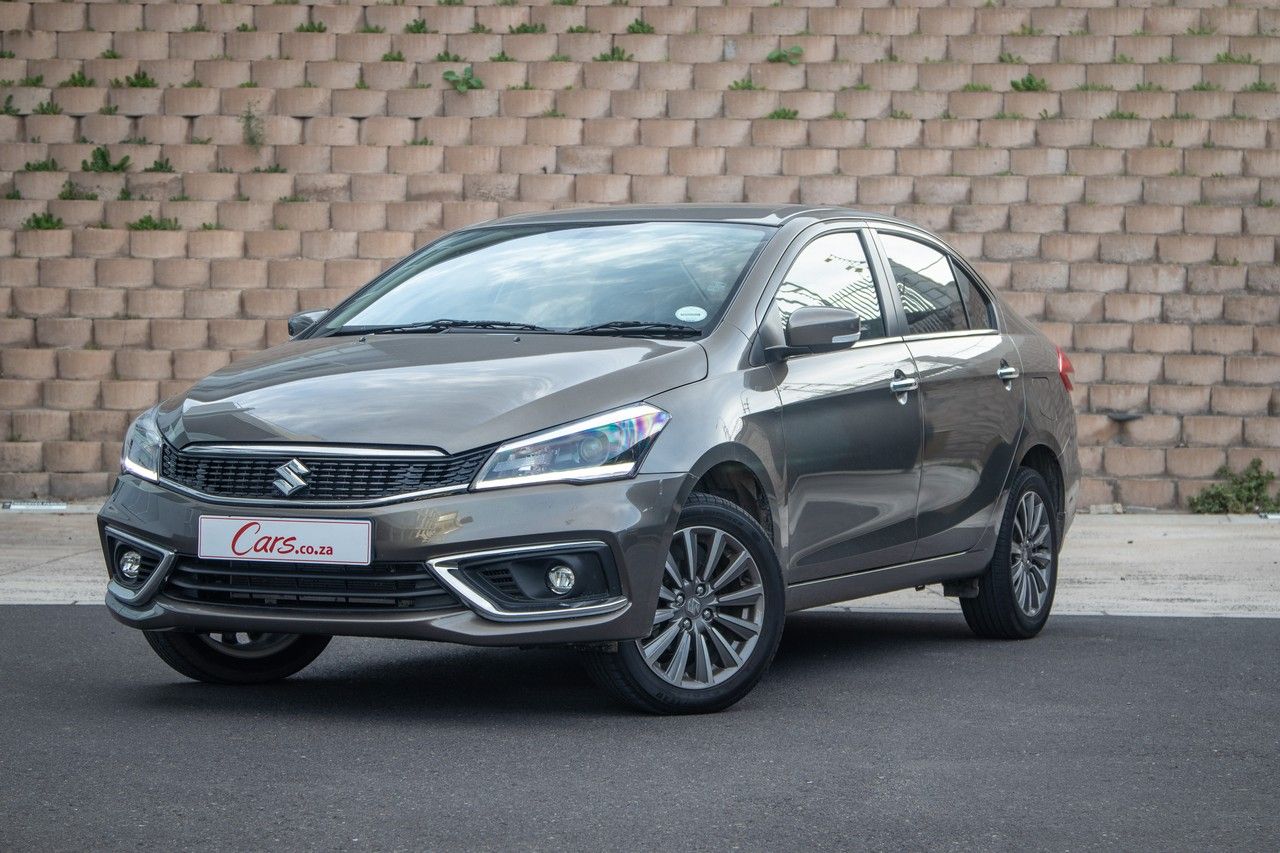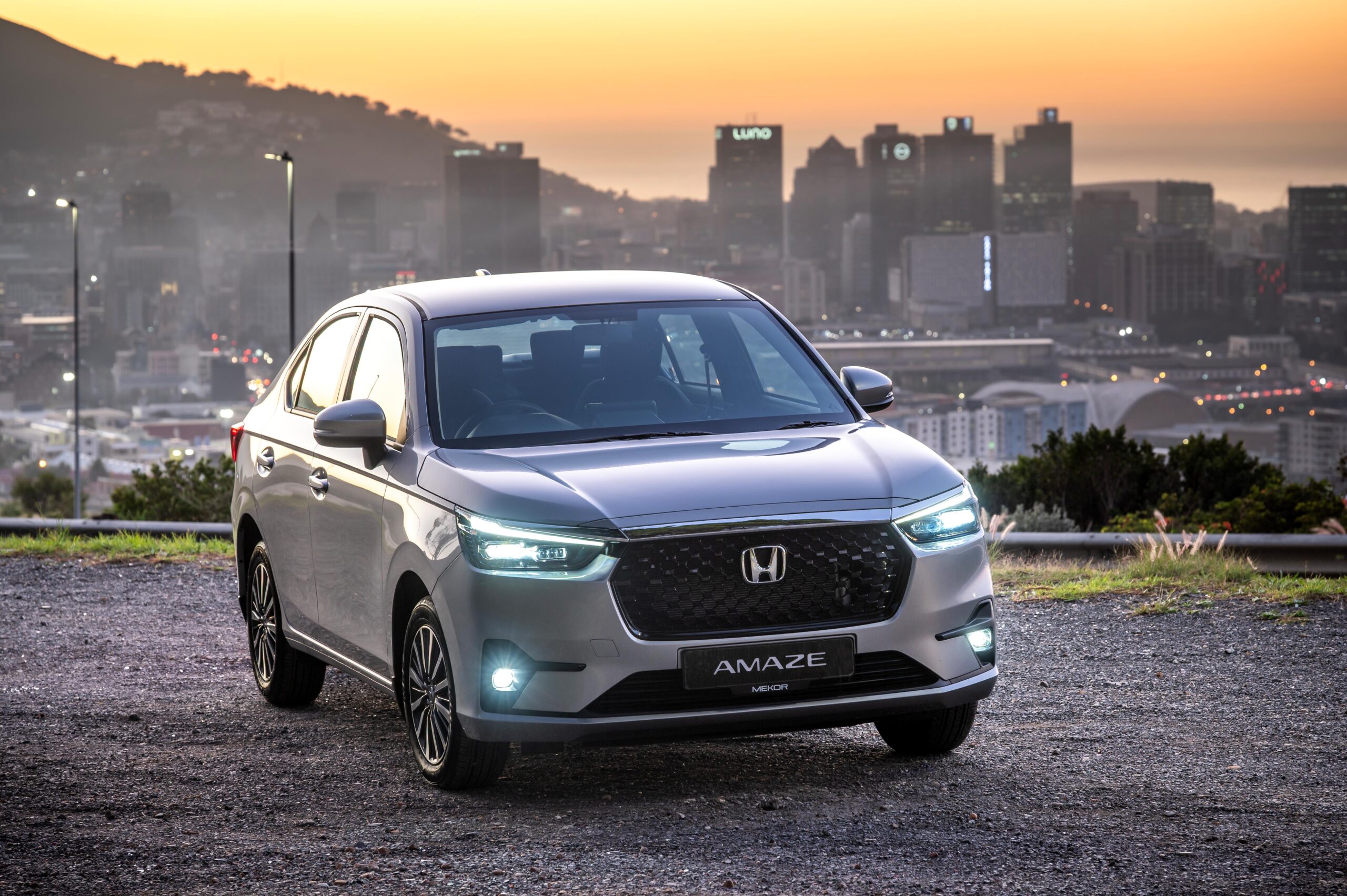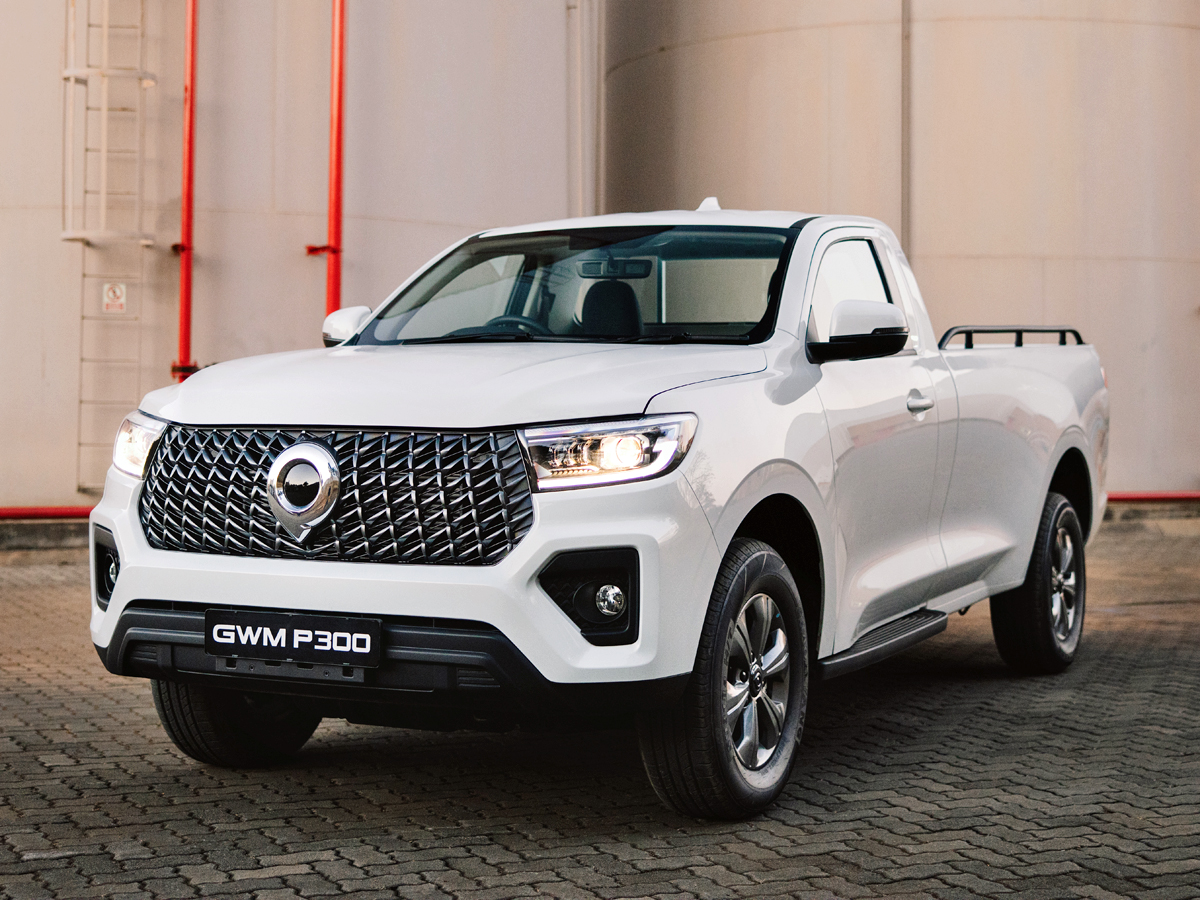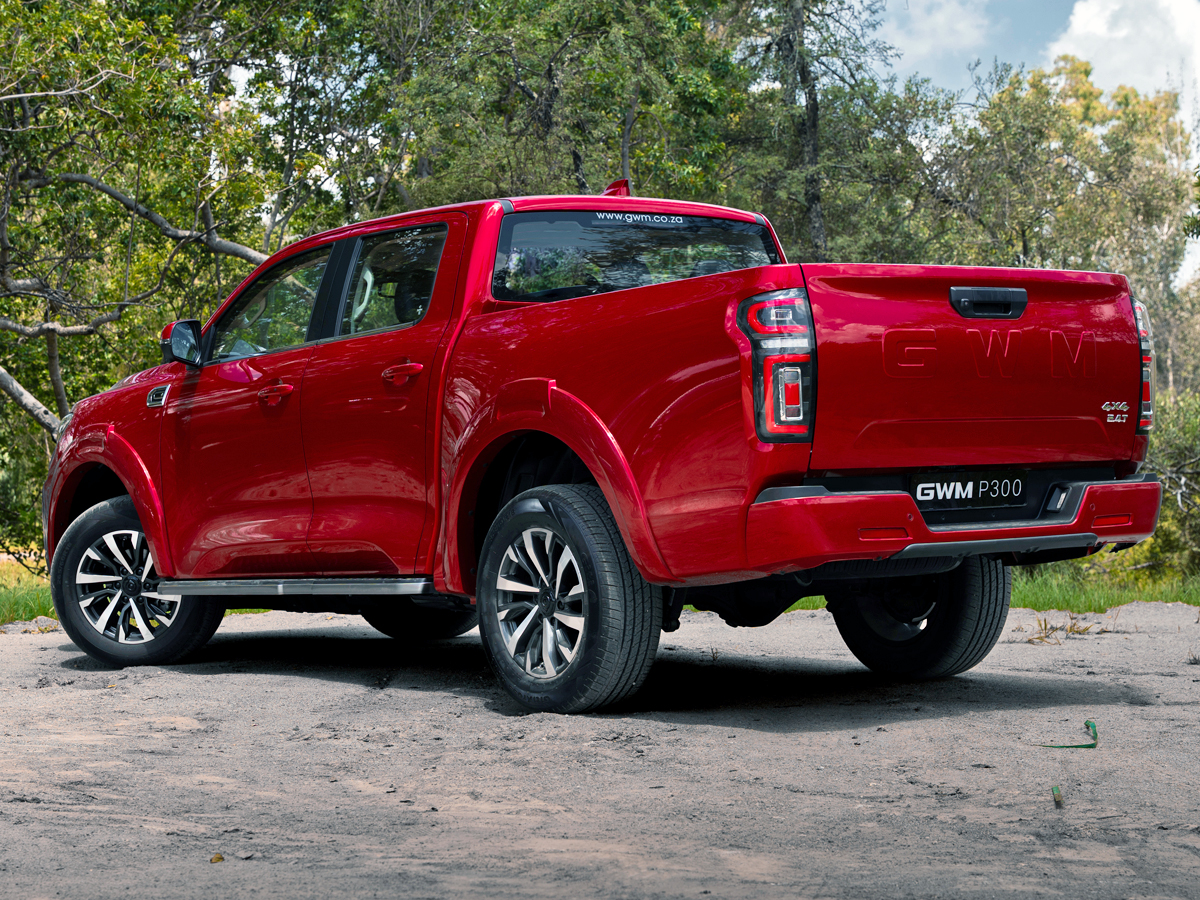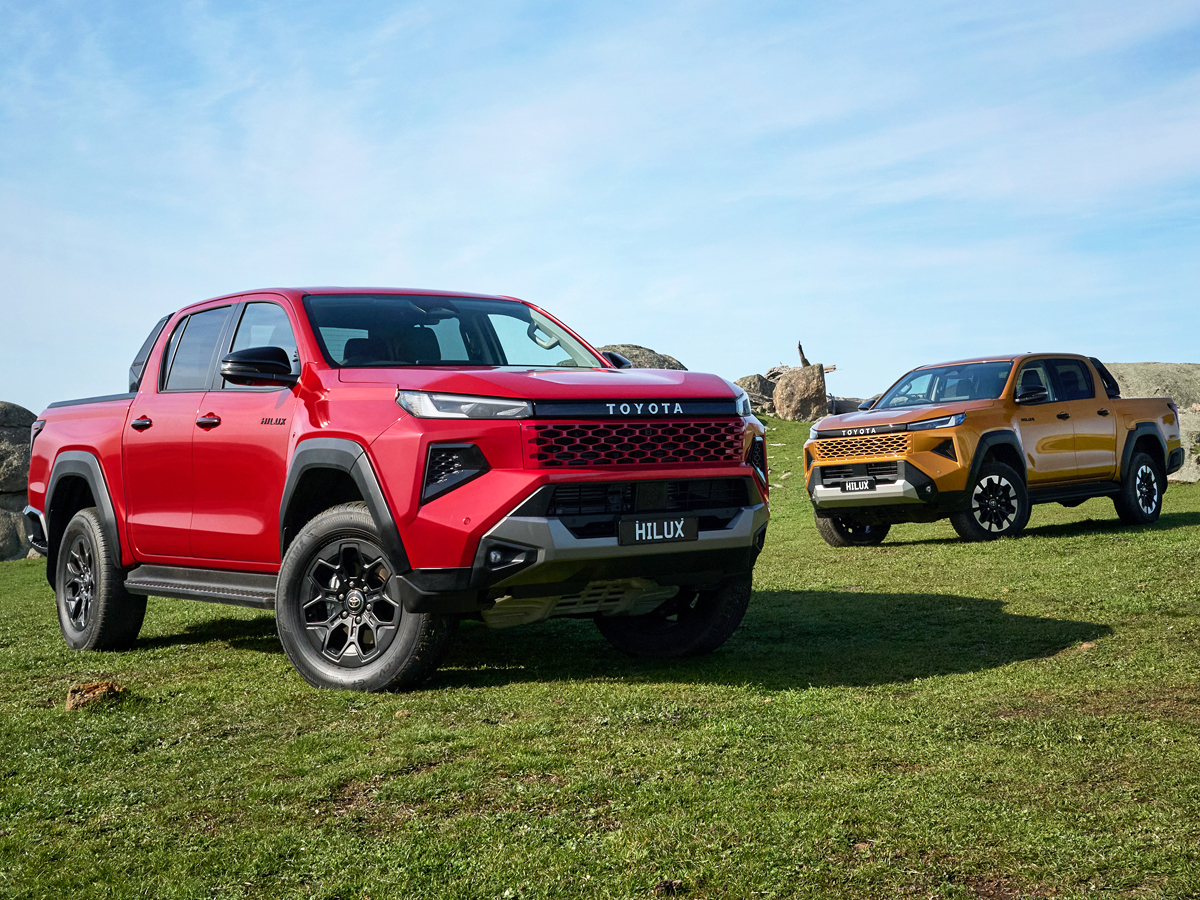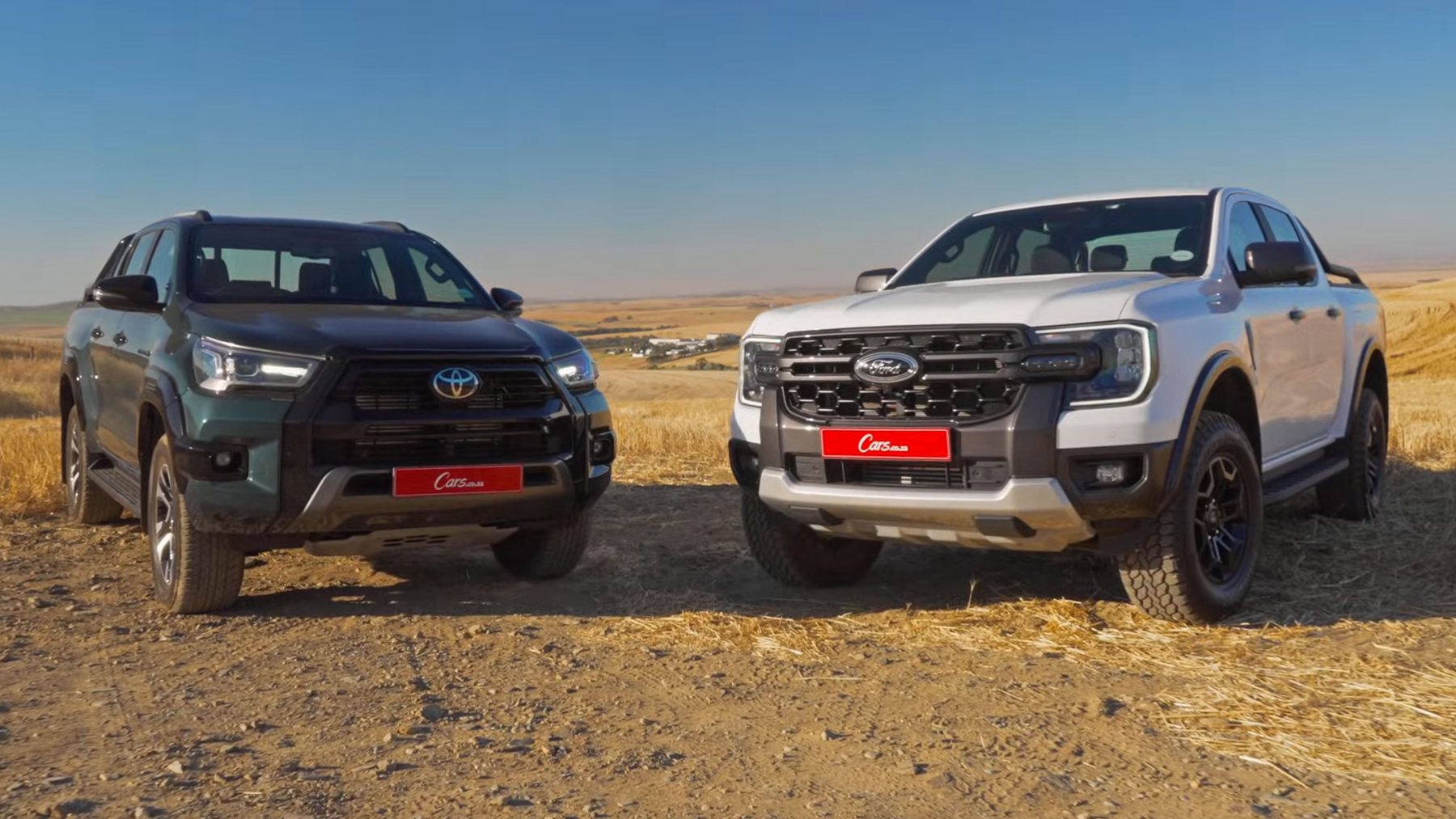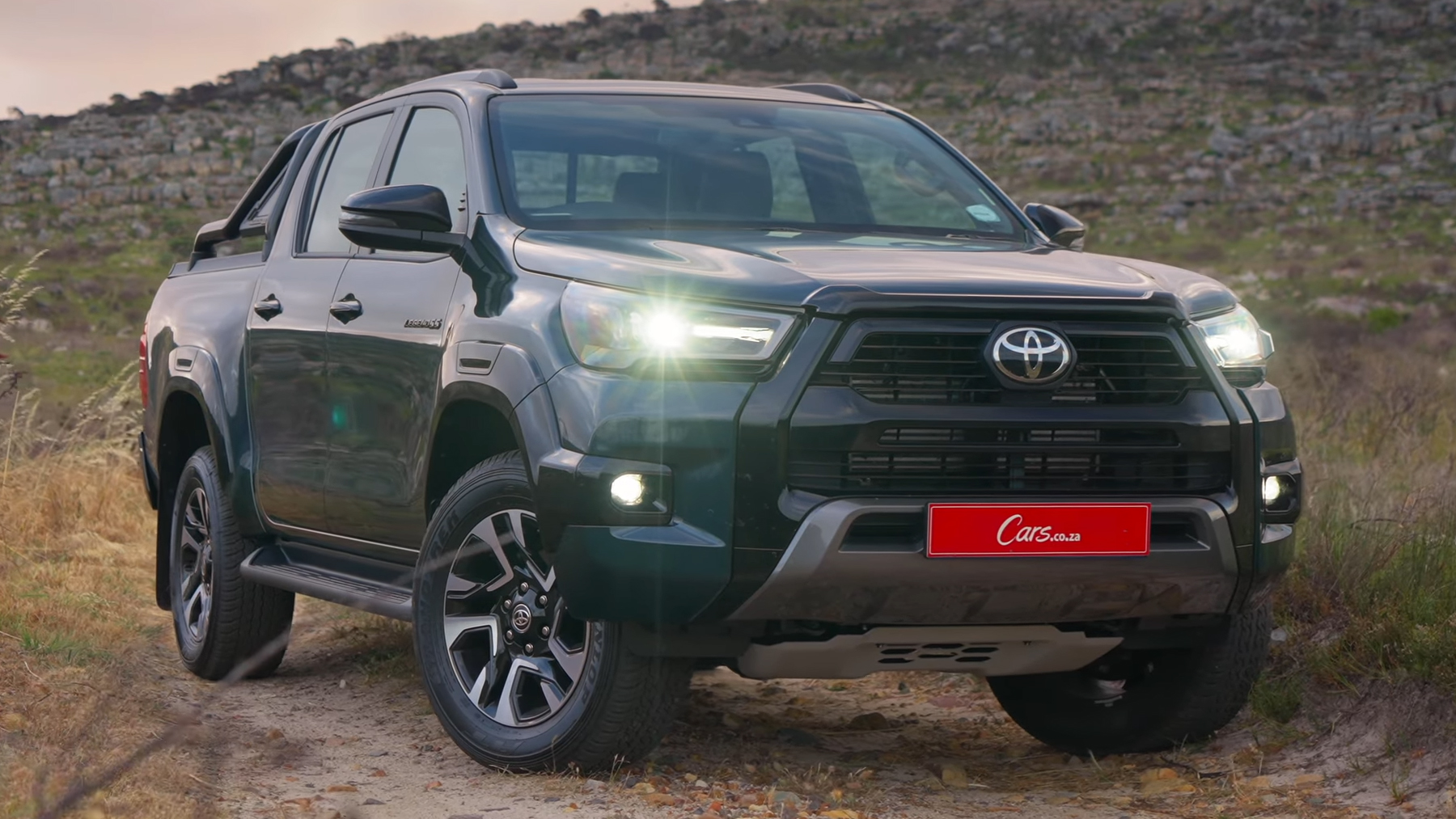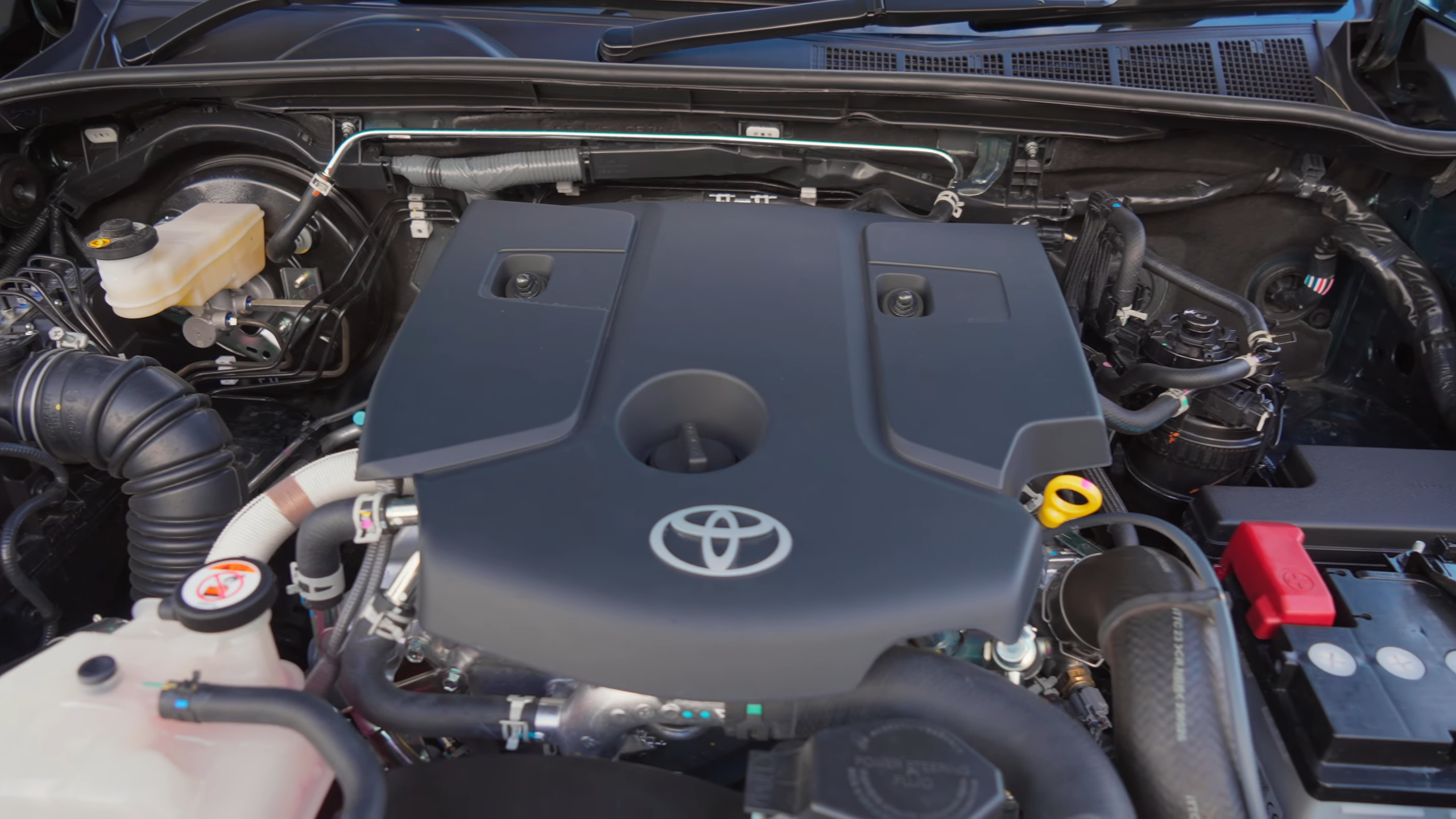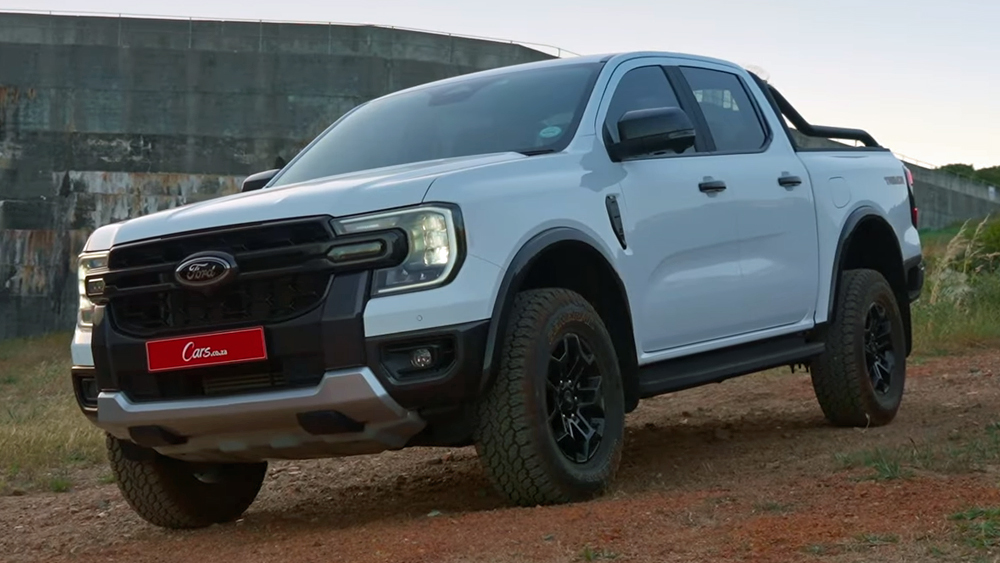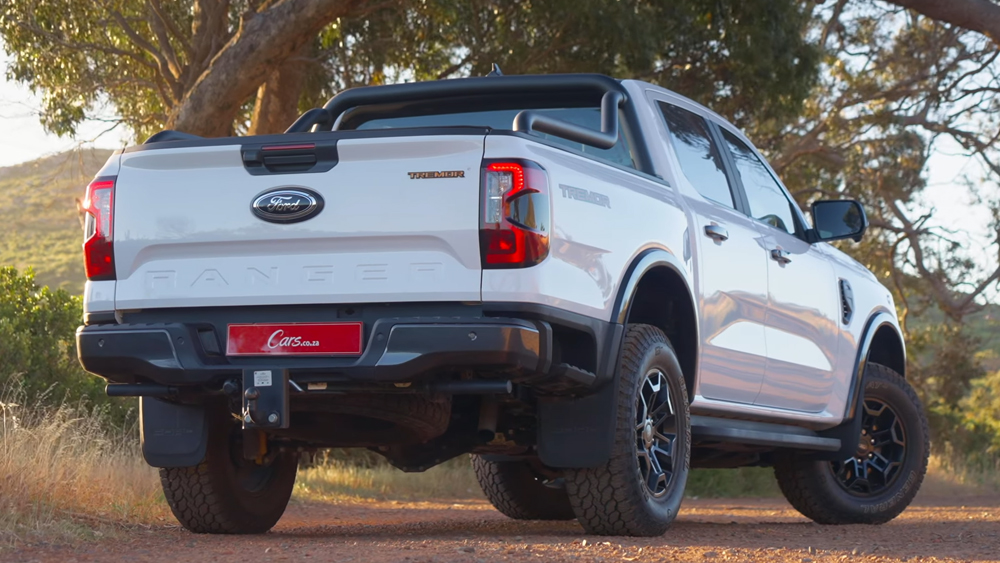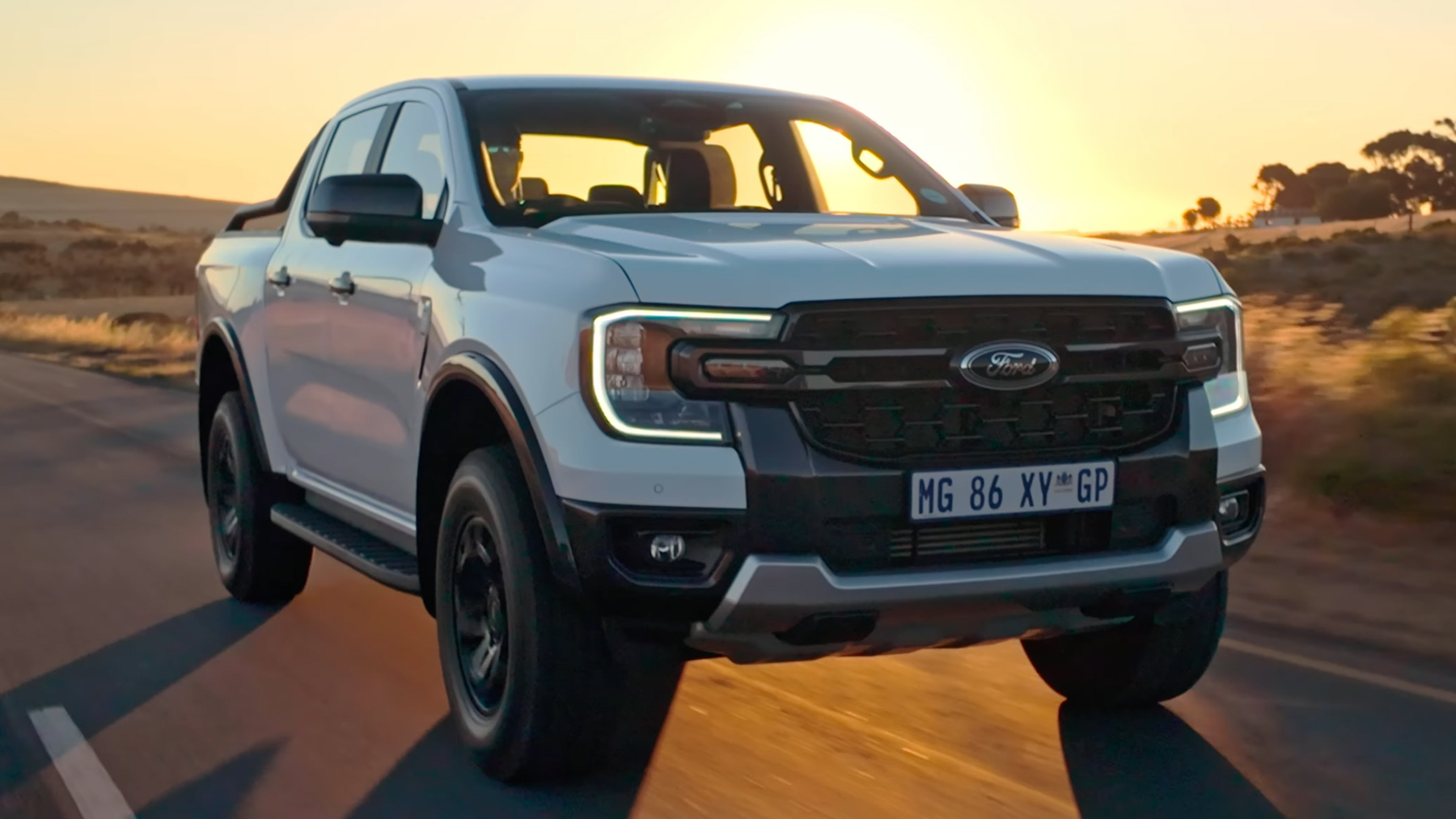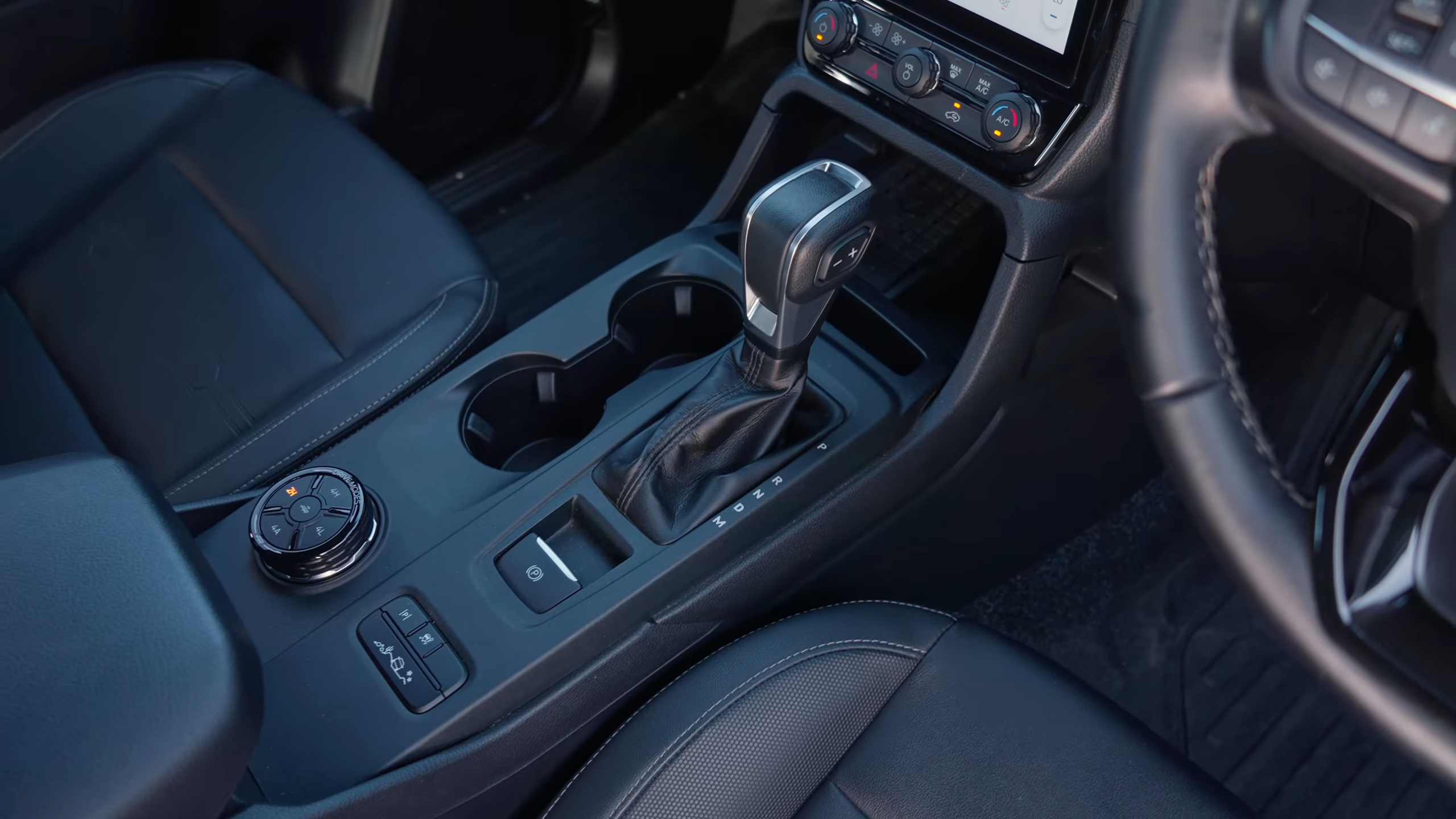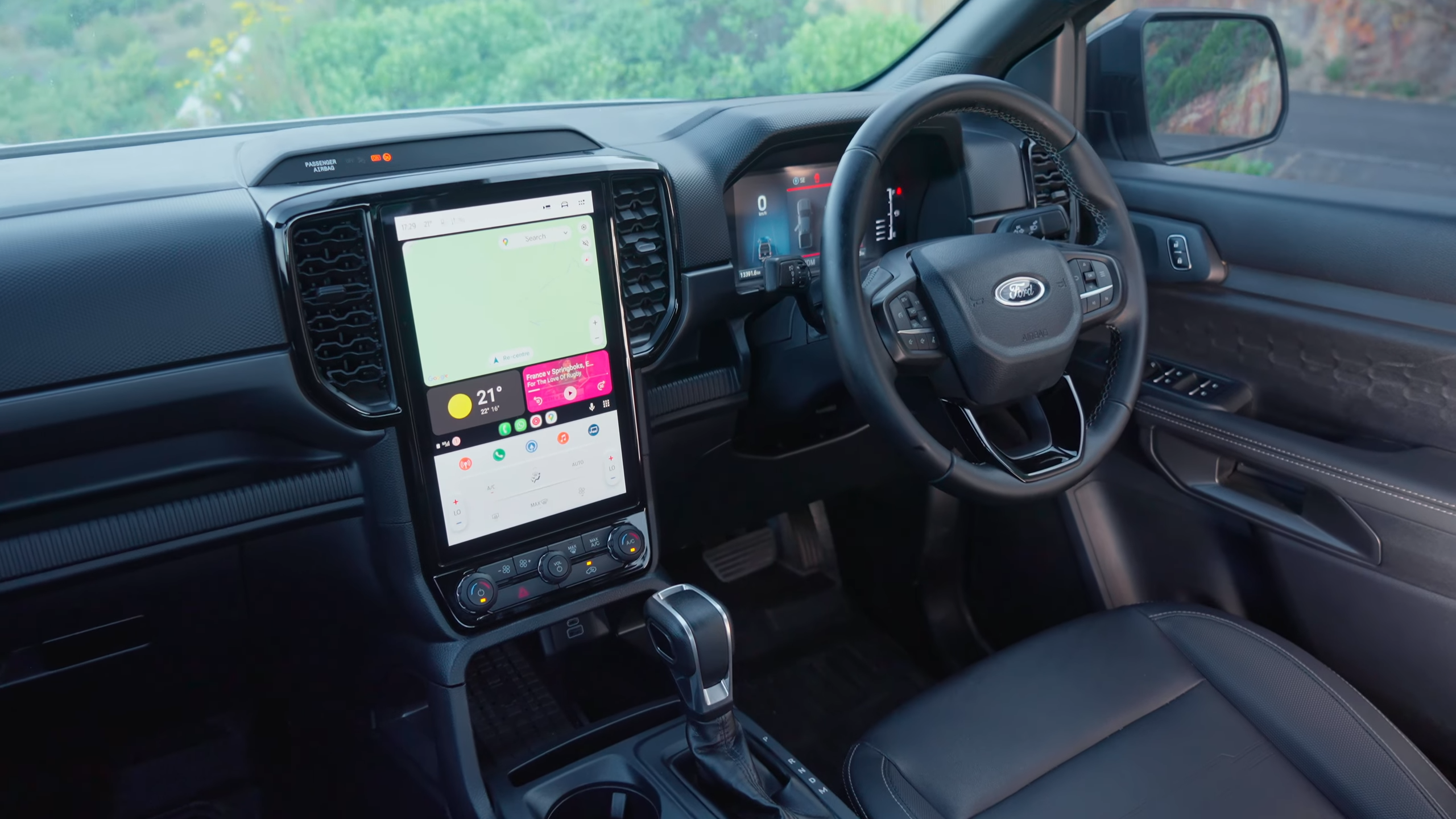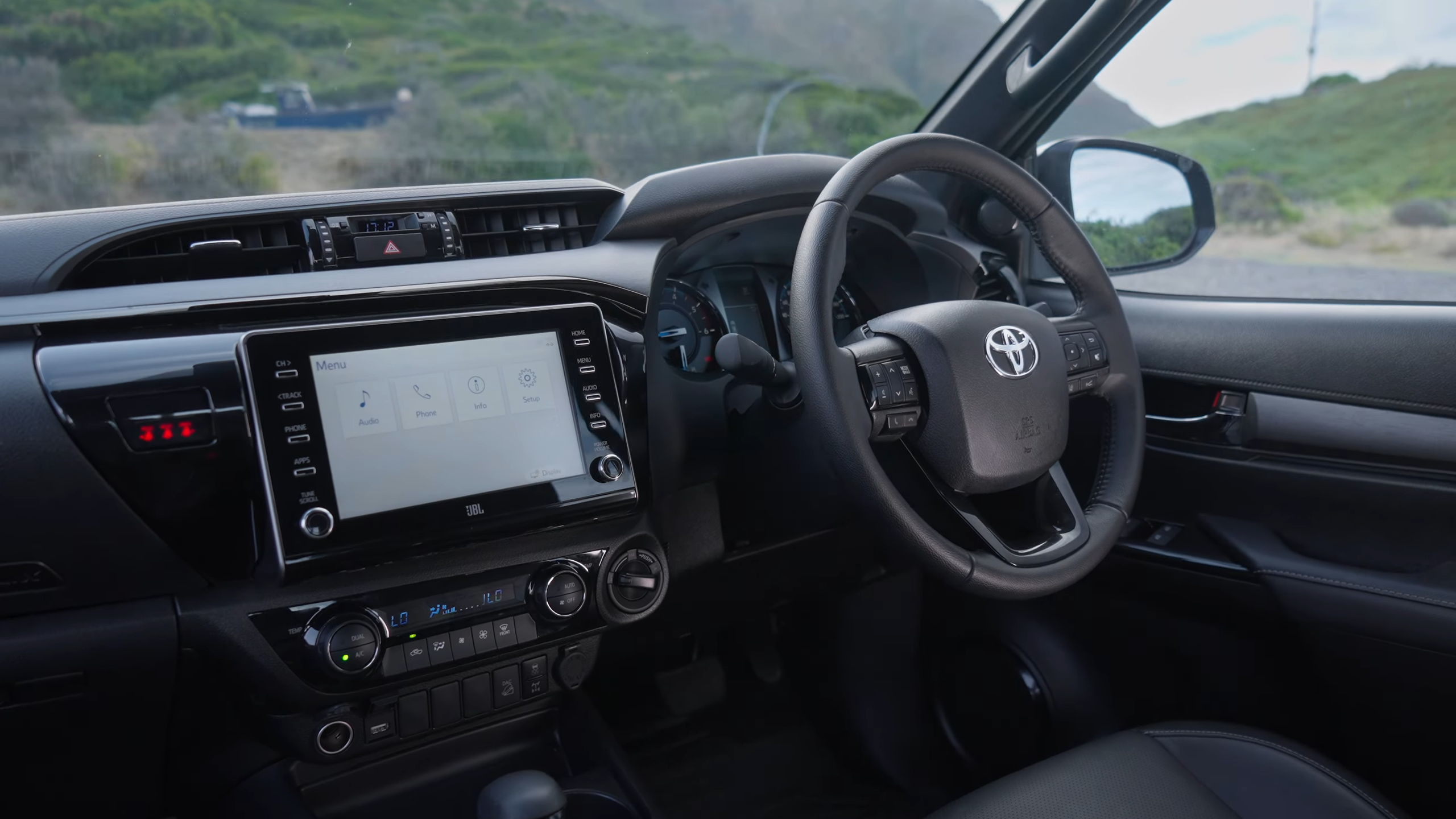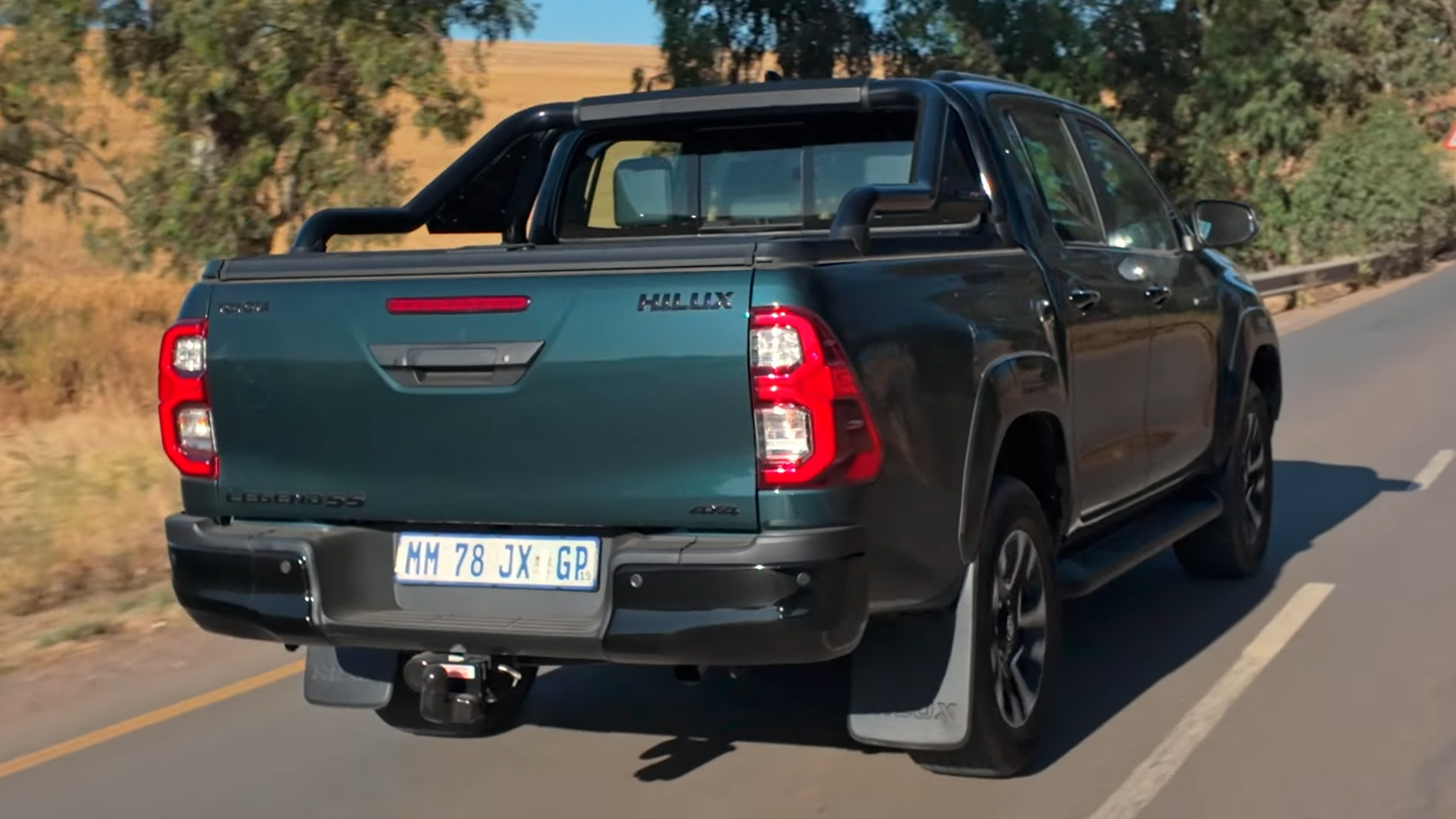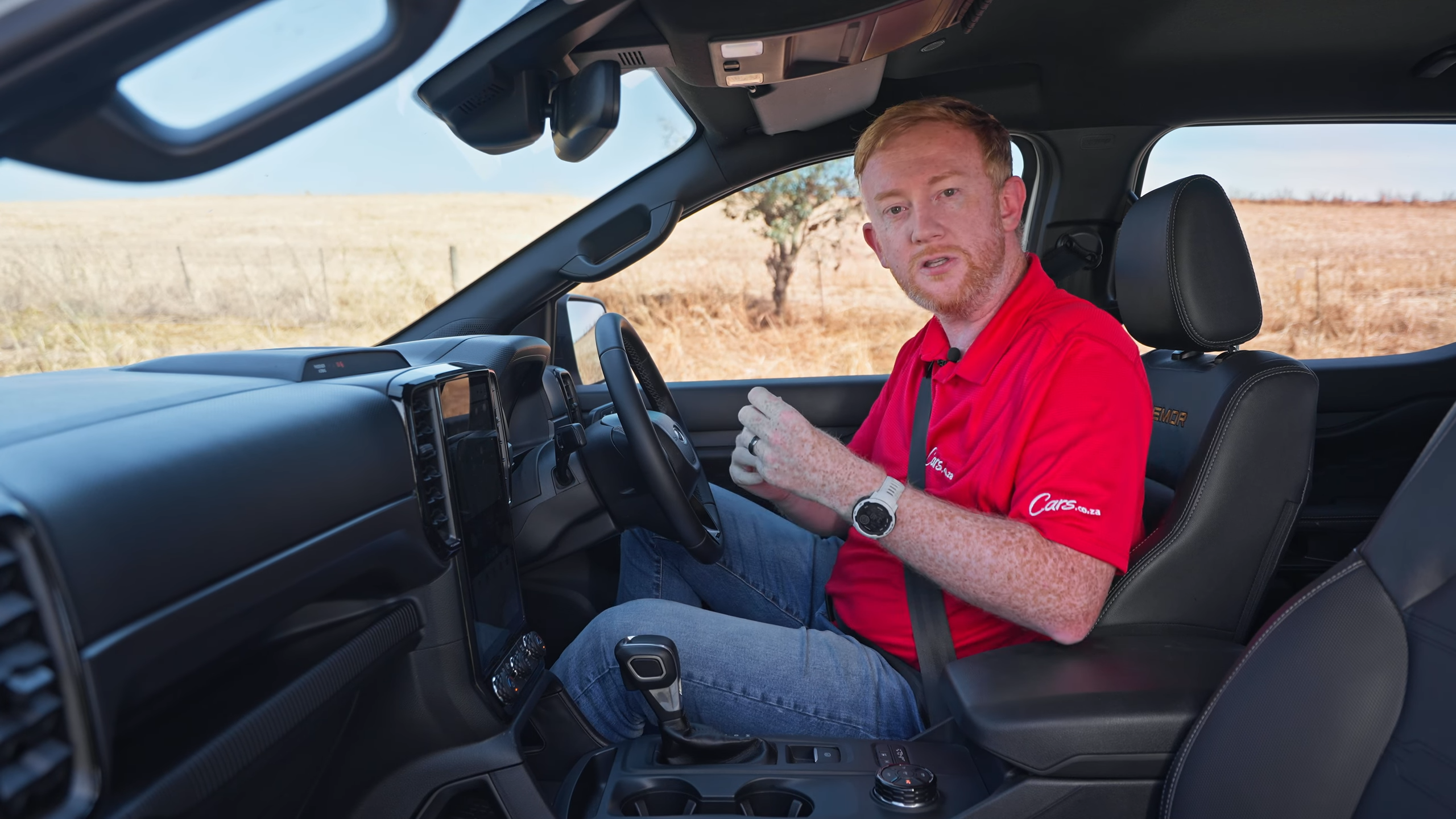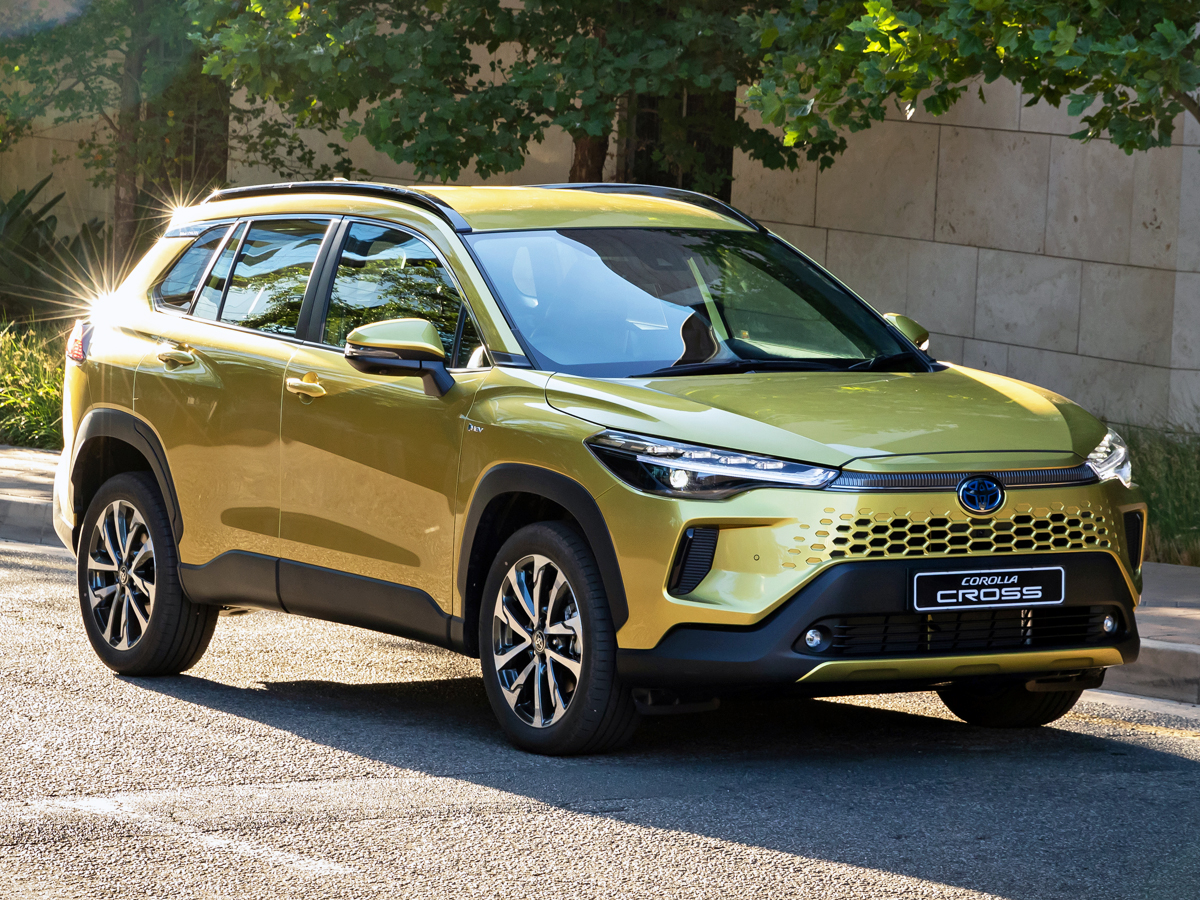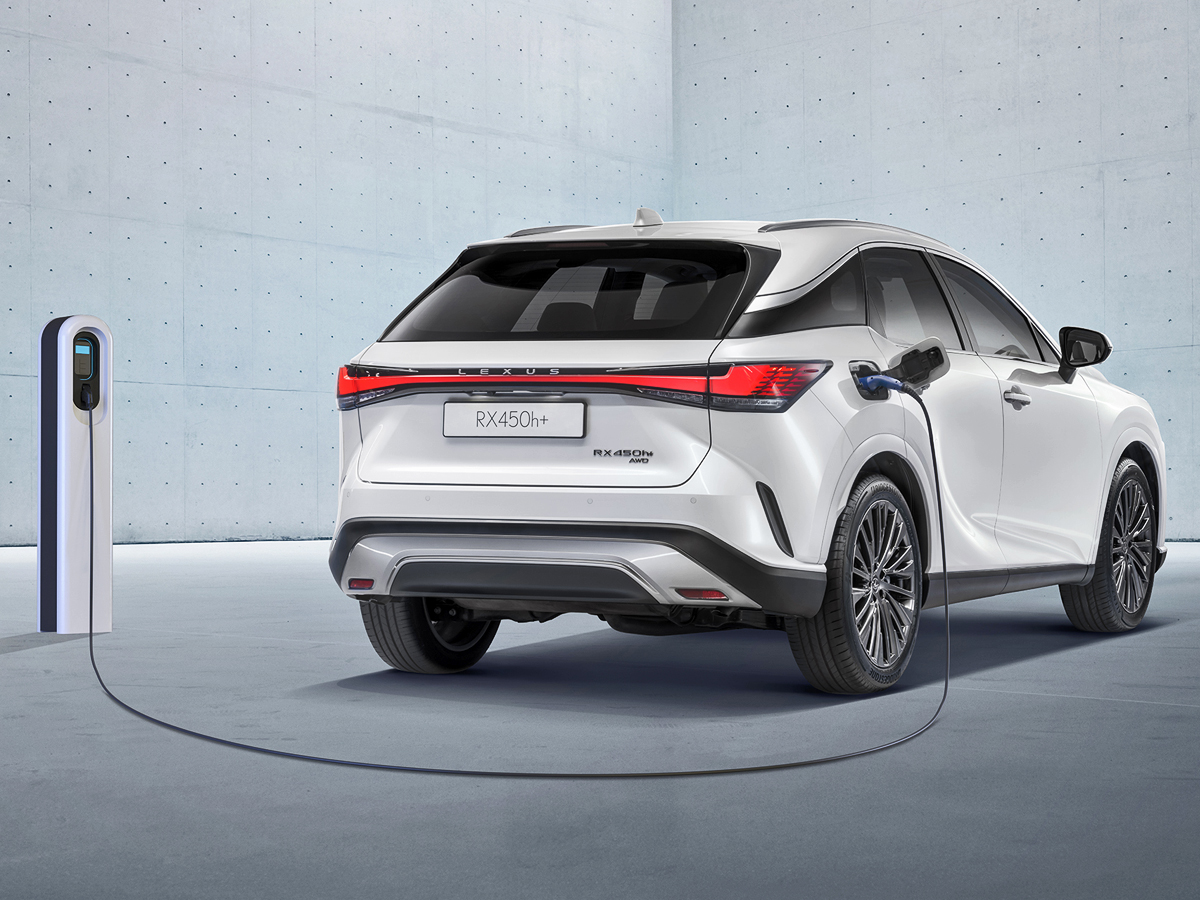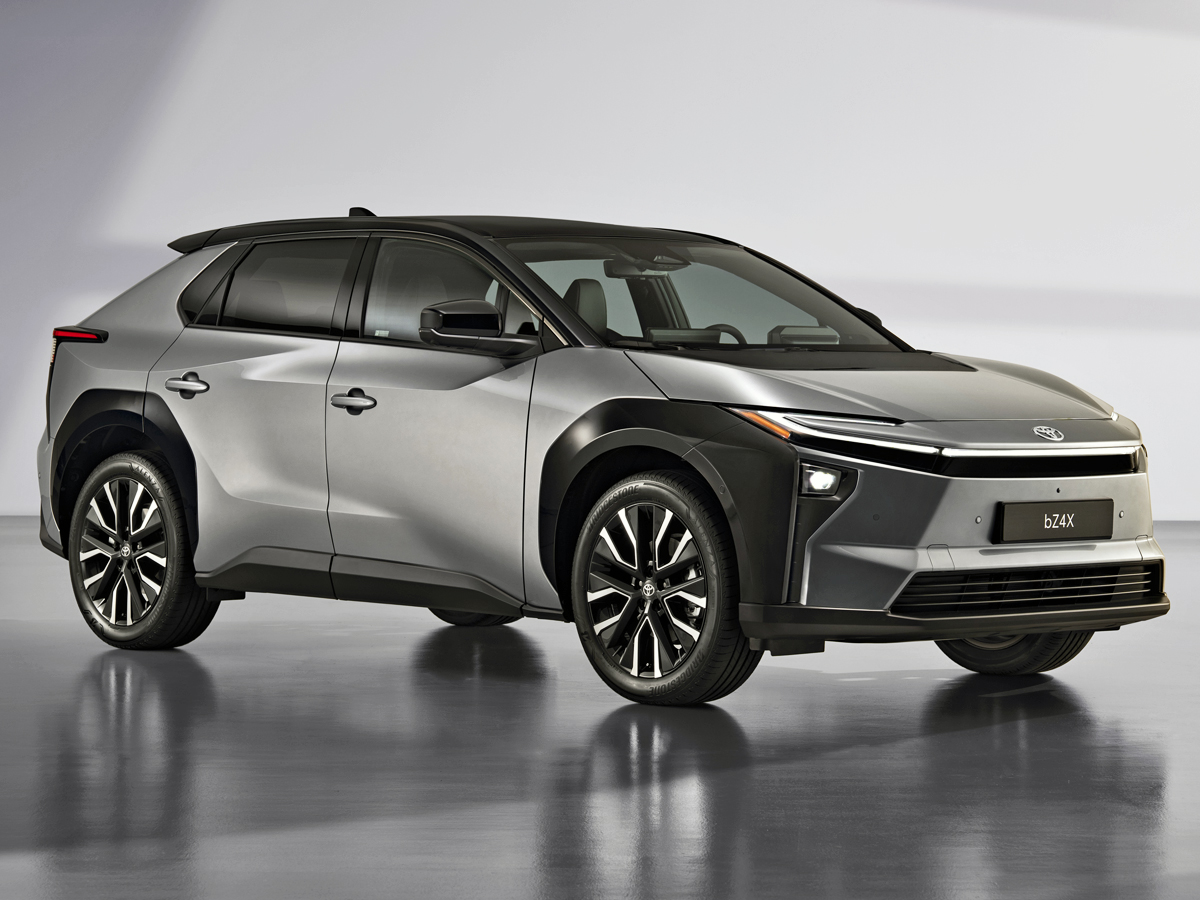Lepas L8 (2026) International Launch Review
The Chery Group will expand its product offering in South Africa early next year when it launches its new luxury sub-brand: Lepas. We were invited to China to drive pre-production units of the flagship Lepas L8, and found it an impressively refined offering.
Lepas? “What on earth is that?!” you may be thinking. One can’t blame consumers for their confusion, as it seems like every month, a new Chinese brand is launching in South Africa. Well, guess what? Lepas is exactly that: a new Chinese brand that will launch its products, including the L8, locally in early 2026.
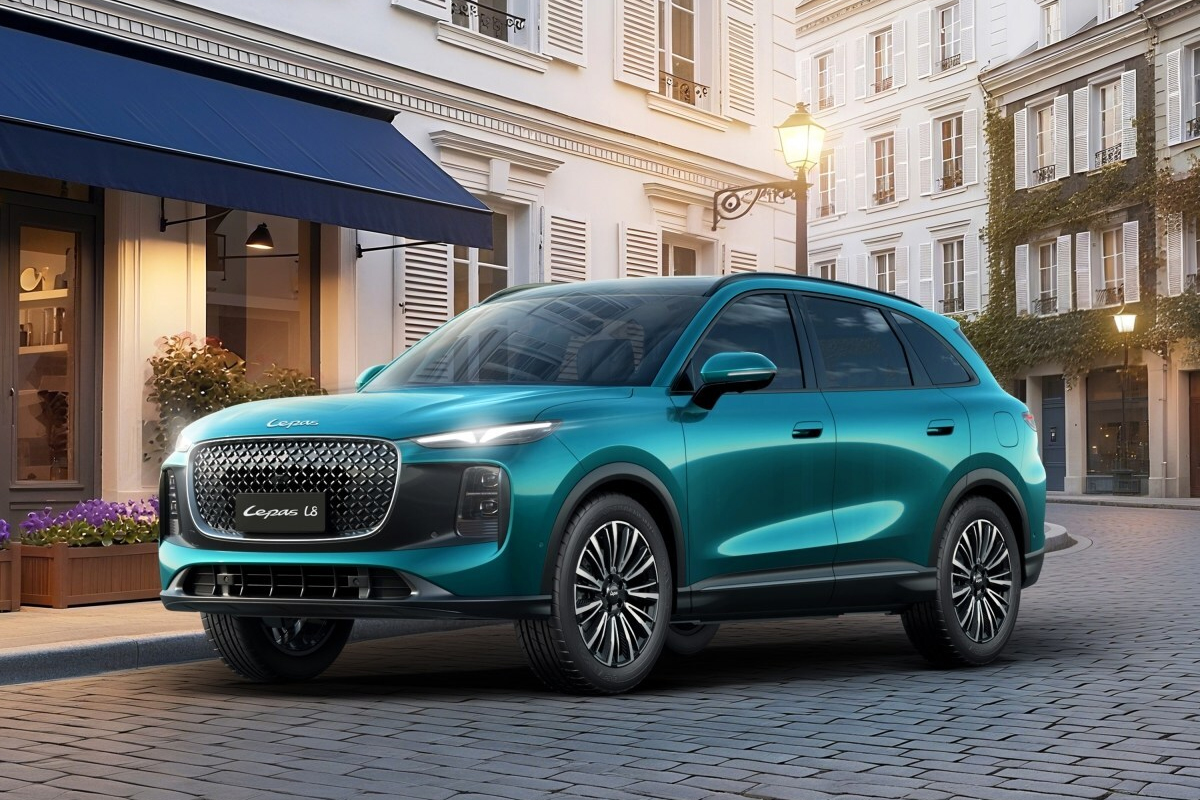
Lepas L8: Familiar face, from a new brand
If you’re wondering why the Lepas L8 looks familiar, it’s because the brand is owned by the Chery Group, so if you see hints of the Tiggo 9, which we’re currently reviewing, and the Omoda C9, you’re not wrong.
See also: Chery Tiggo 9 PHEV (2024) International Launch Review
Lepas will be positioned as a luxury offering within the Chery Group in South Africa, which is interesting considering that Chery, Omoda and Jaecoo also offer luxury-focused models, so the brands are bound to compete against one another, but I’m sure Chery, as the mother brand, is not too fussed about that…
See also: Omoda C9 PHEV (2025) Review

Because, through the Chinese automotive giant’s multi-brand strategy, one can quickly surmise that the Chery Group is here to dominate our market and, looking at its sales figures, it’s not doing a bad job of it.
Lepas will launch 3 models in Mzansi next year: the L4 small crossover, L6 medium-sized crossover and the flagship L8, which will be the largest of the trio – and the model in which we spent the most time.
See also: Lepas SA says it will ‘definitely be in top 10’ in 5 years
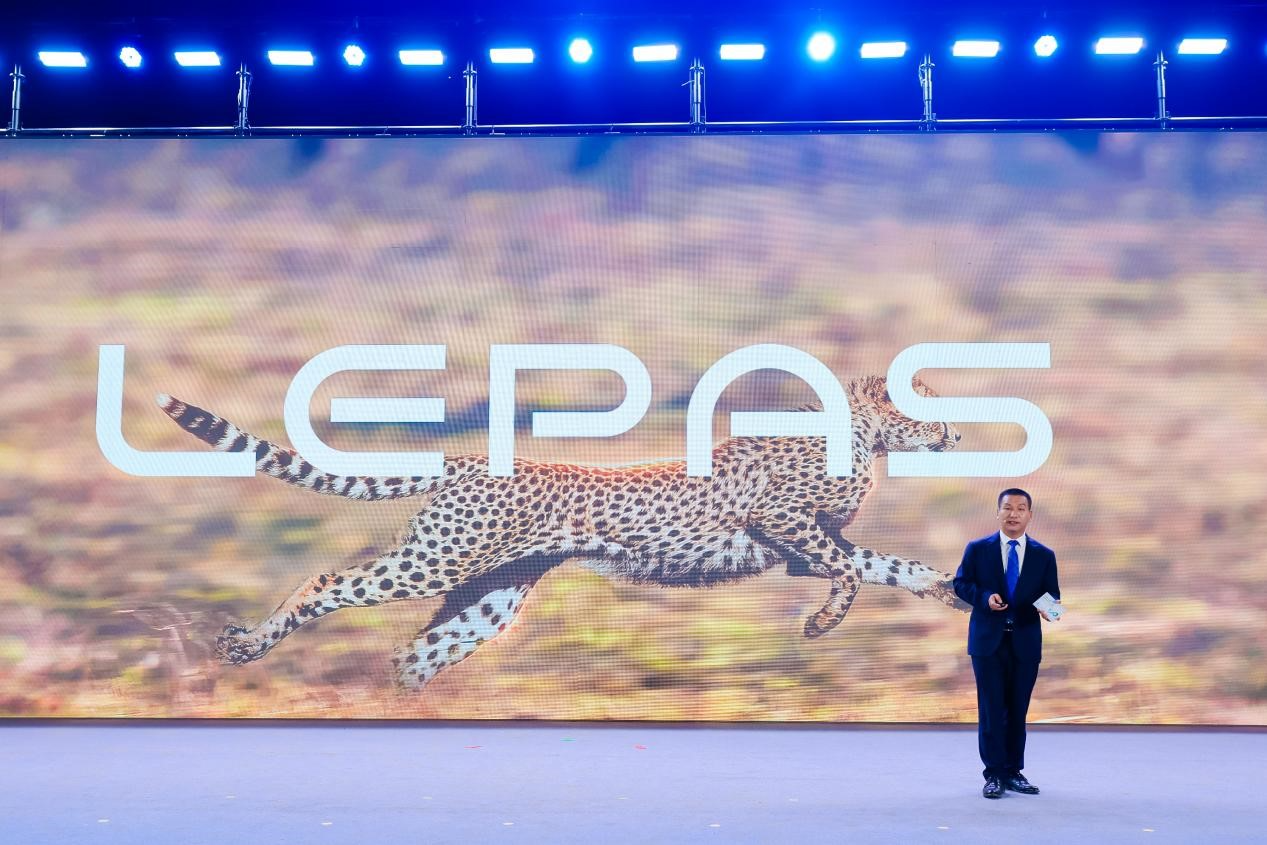
In case you were wondering, yes, that’s a cheetah pictured above, but Lepas’ name is a combination of “leopard“, “leap” and “passion”. It was communicated to us that the predator played a central theme in the design of the L8, particularly the front-end LEDs, which are meant to resemble the eyes of a leopard.
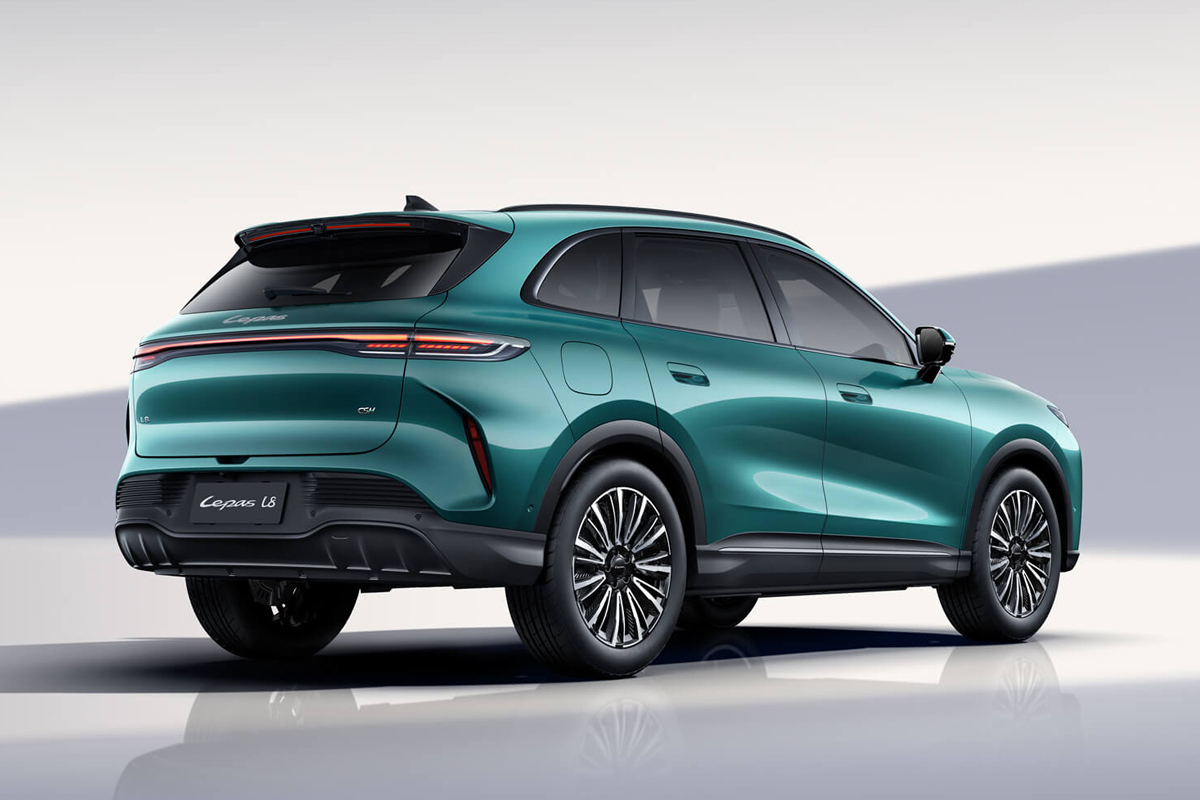
Lepas L8: The right lines in the right places
The overall design of the Lepas L8 is pleasing to the eye. In my humble opinion, it has all the right lines in the right places. Social media commentators have already noticed that the luxury crossover’s rear-end resembles that of a Porsche Macan, which, once seen, can’t be unseen. It’s no shock, however; Jaecoo, for example, makes no secret of the fact that its models’ designs pay homage to those of JLR products.
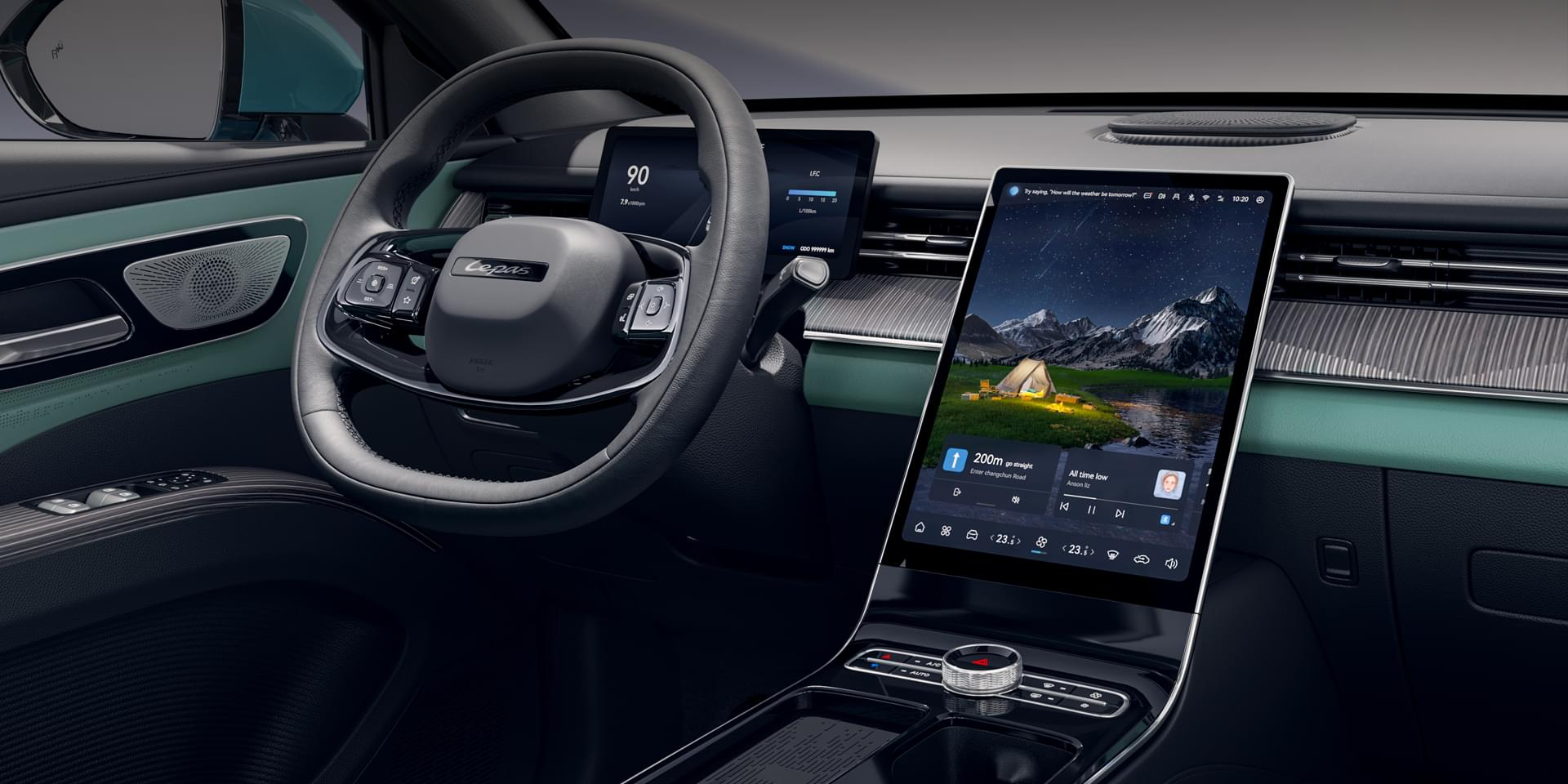
The interior of the Lepas L8 is a great space to occupy, as it combines great build quality with a modern design. A large infotainment screen is used to access various features in the car, but thankfully, physical buttons are still present on the centre console, as well as on the multifunction steering wheel.
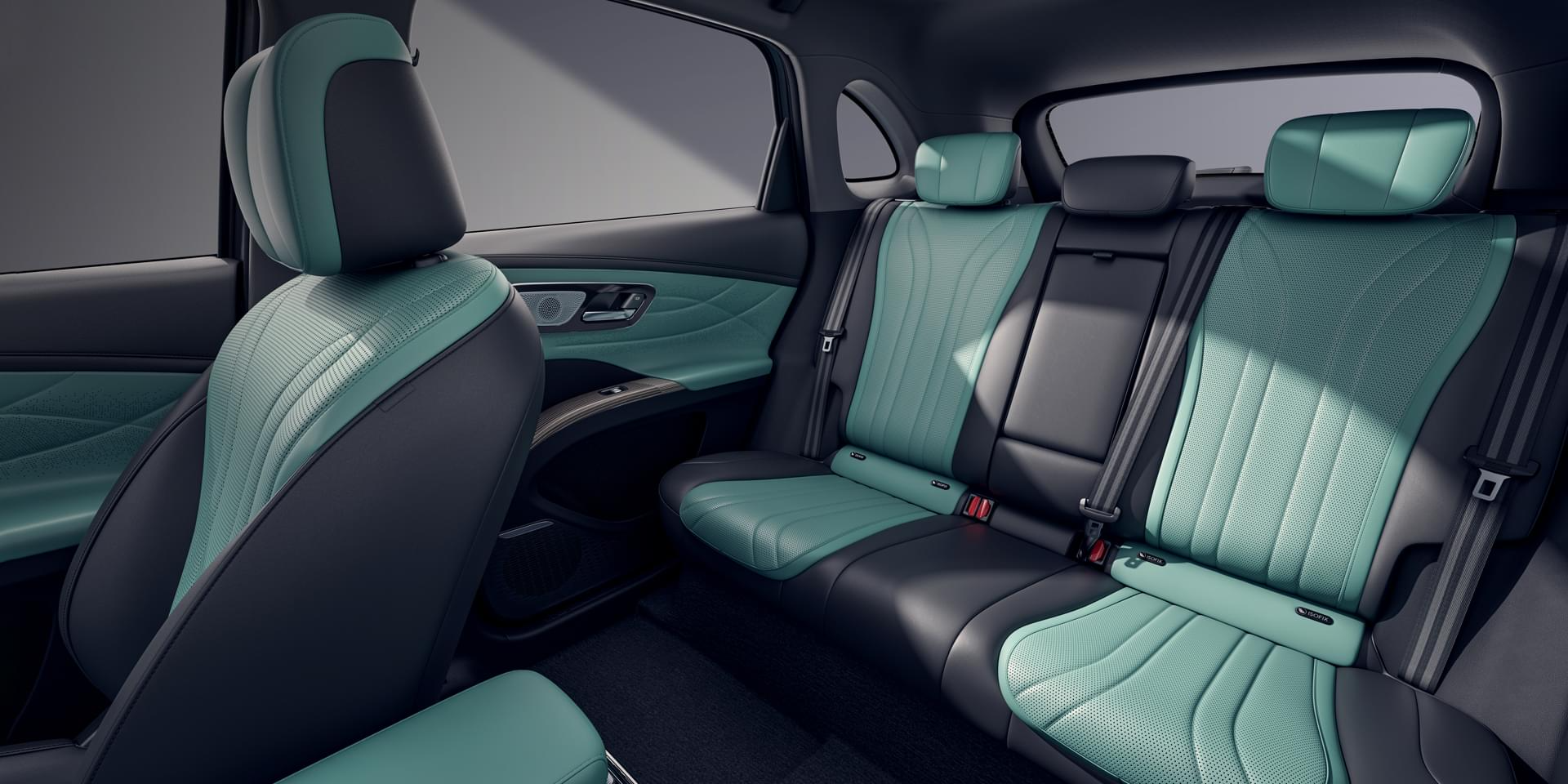
No shortage of rear legroom in the Lepas L8
The standout part of the interior of the Lepas L8 is the rear legroom that it offers, which is very generous indeed. So much so, in fact, that you can lay the front seats flat enough to merge with the rear seats and form a Christmas bed of sorts!
Overall, from an exterior and interior perspective, consumers will be impressed by the Lepas L8’s attributes. It does a fine job of offering luxury and technology in a visually appealing package.
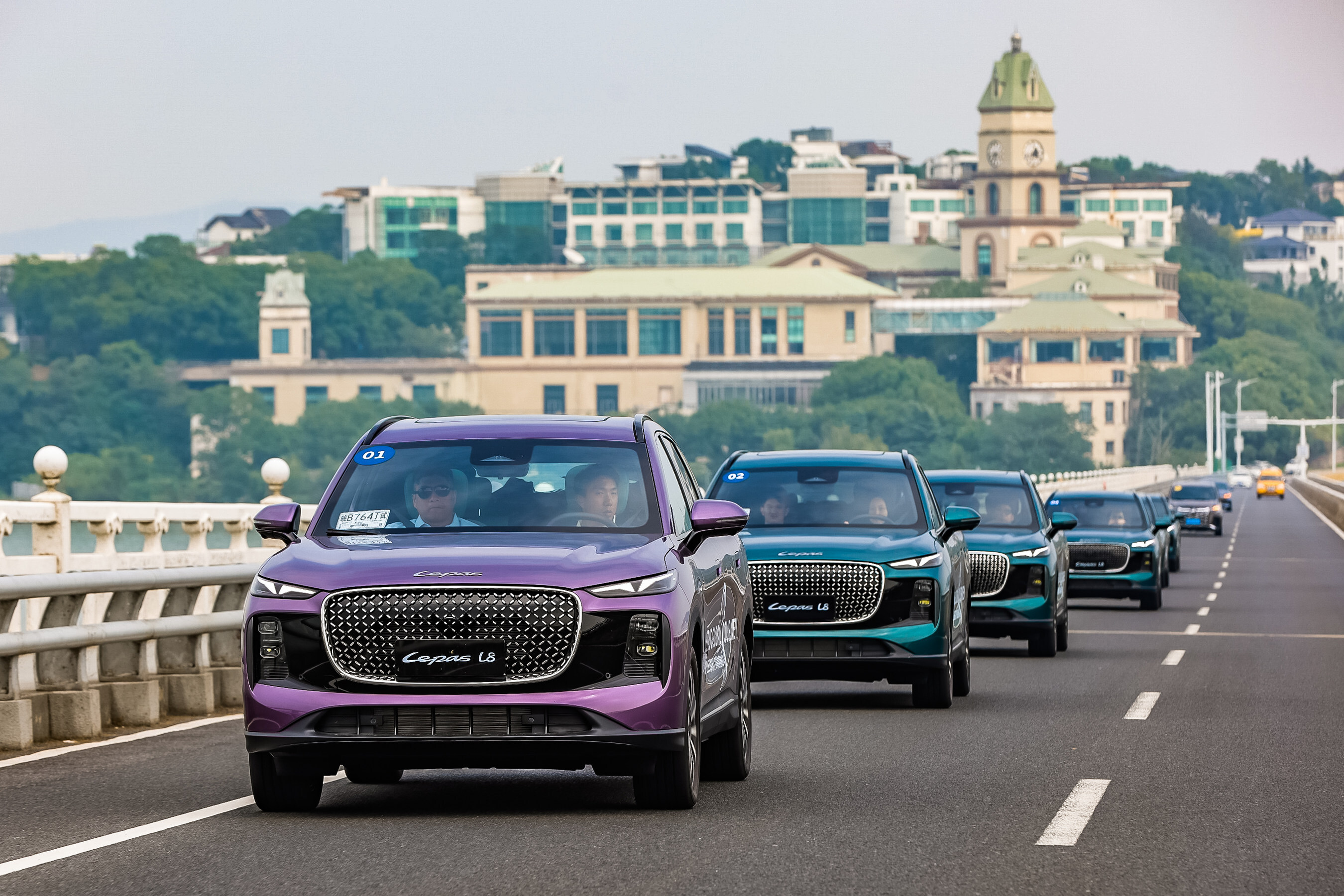
What is the Lepas L8 like to drive?
Thankfully, the brand understood that a vehicle’s looks and features only play a small part compared to what it’s like to drive, so we embarked on an 800 km journey from Shanghai to Wuhu to get better acquainted with how the Lepas L8 feels from behind the wheel.
It’s important to note that the Lepas L8 units that we had at our disposal were pre-production models, and a major factor of the trip included the global media’s feedback on what the brand can improve on.
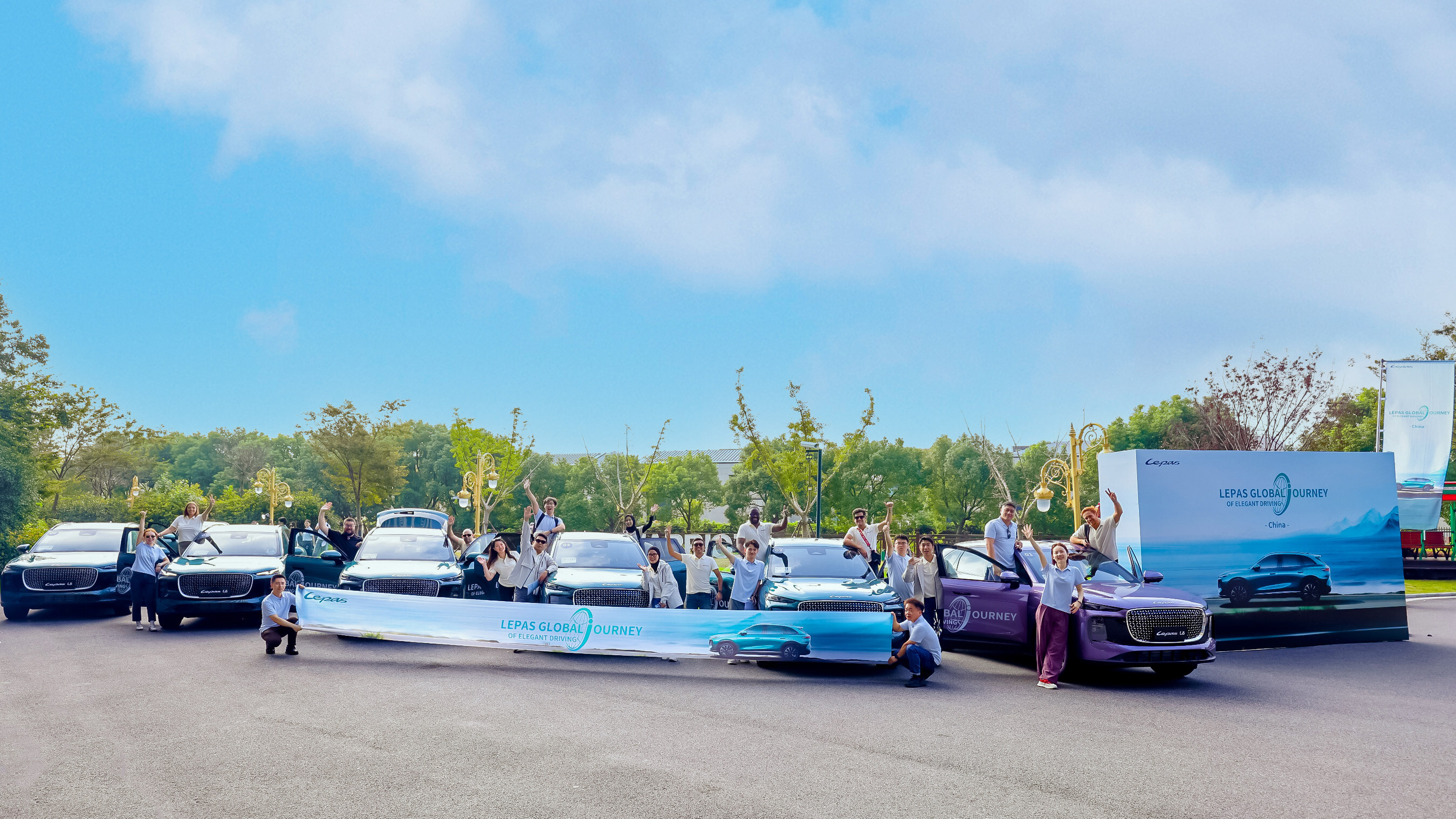
It was refreshing to experience this approach, as often we test the finished product, whereas in this case, Lepas officials constantly handed out forms for us to complete, where we had to detail our driving experience and rate various elements such as comfort, braking and acceleration.
A large emphasis was placed on reminding us that the vehicles were not fully complete and that our feedback was greatly valued.
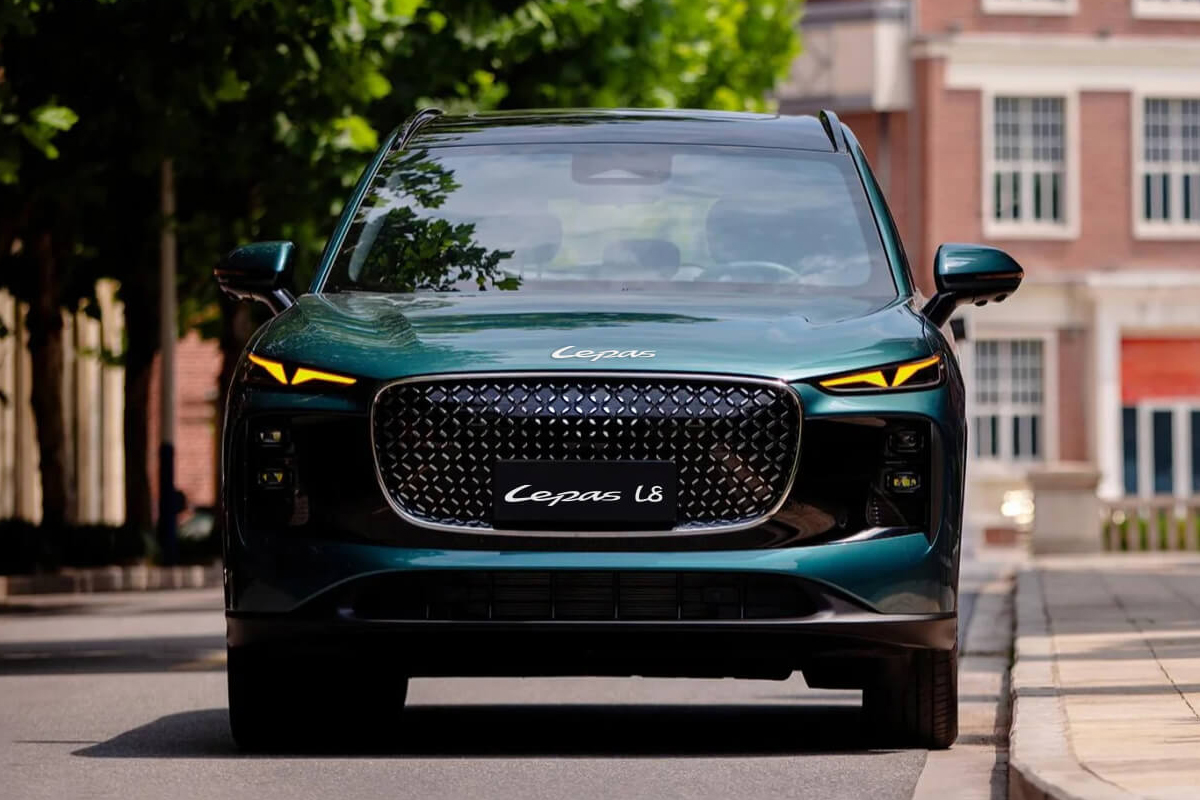
Well-resolved powertrain calibration
Interestingly, despite being asked for a critical analysis of the Lepas L8, we felt that it did not need much tweaking, as it was very satisfying to drive at the outset! Many in the South African motoring media have highlighted calibration issues with newly-unboxed products from Chinese car brands; be it a lethargic or overly sensitive throttle response, lack of steering feedback or erratic safety systems, we’ve had our say.
In the case of the Lepas L8, the vehicle’s packaging felt very resolved, almost Teutonically so. The damping was firm, yet comfortable, the acceleration was punchy and consistent, and the brakes were sharp, but in a confidence-inspiring way. Our route included mountainous single-lane roads, as well as highways, and with each kilometre travelled, the Lepas L8 kept impressing us with how refined it felt.
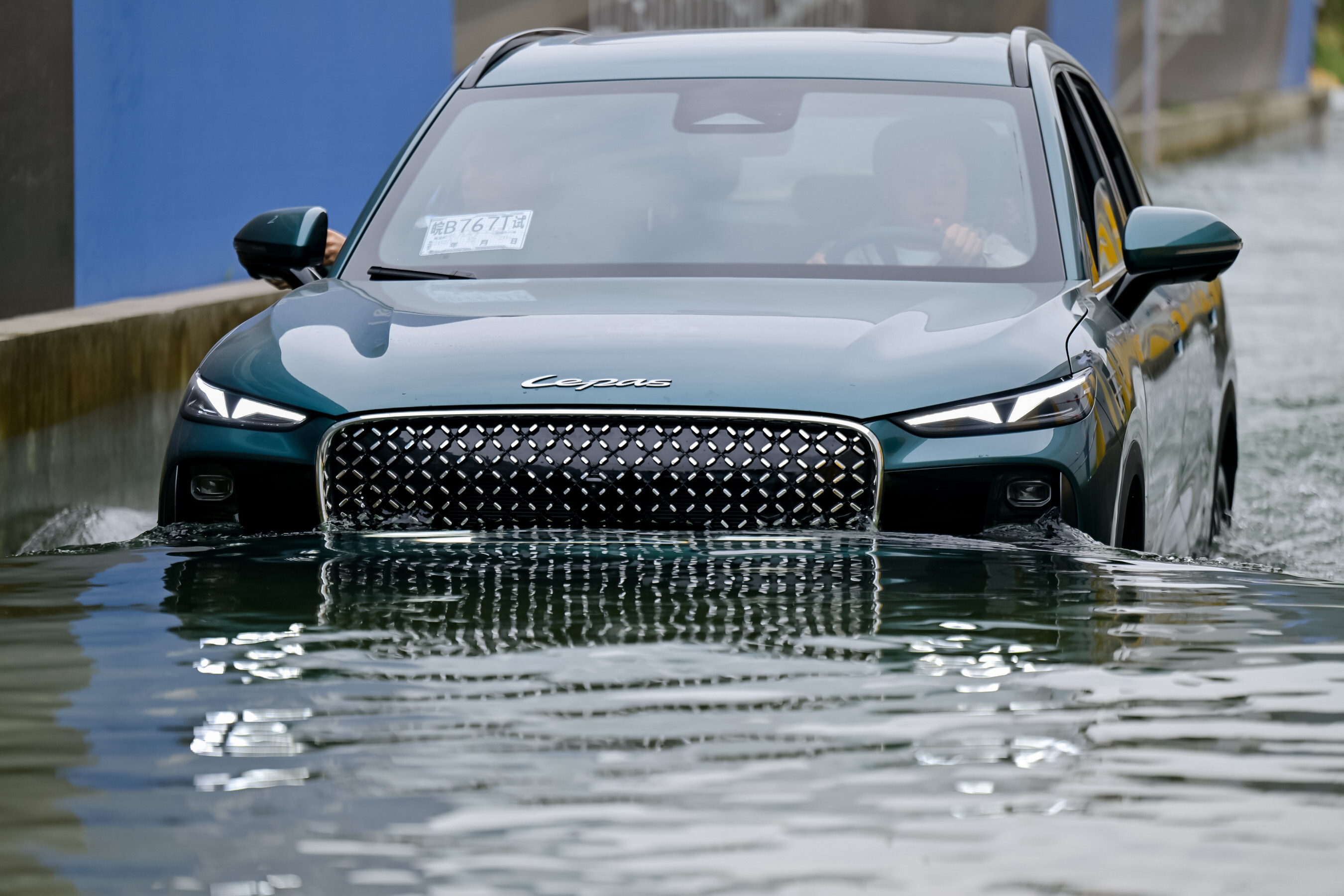
The Lepas L8 is powered by a 1.5-litre 4-cylinder turbopetrol, which, in the case of the vehicle we drove, combined with a Super (plug-in) Hybrid System to produce claimed total outputs of 205 kW and 365 Nm.
Those figures sound quite conservative, to be honest, considering how responsive the SUV felt. If you consider that the Jaecoo J7 1.5T SHS plug-in hybrid electric vehicle (PHEV) produces 255 kW/525 Nm, and the brands share a stable, it makes more sense for the L8 to have similar outputs to its cousin.
See also: Jaecoo J7 PHEV review
Power aside, the Lepas L8 PHEV was frugal – it averaged an indicated 4.5 L/100 km throughout our trip.
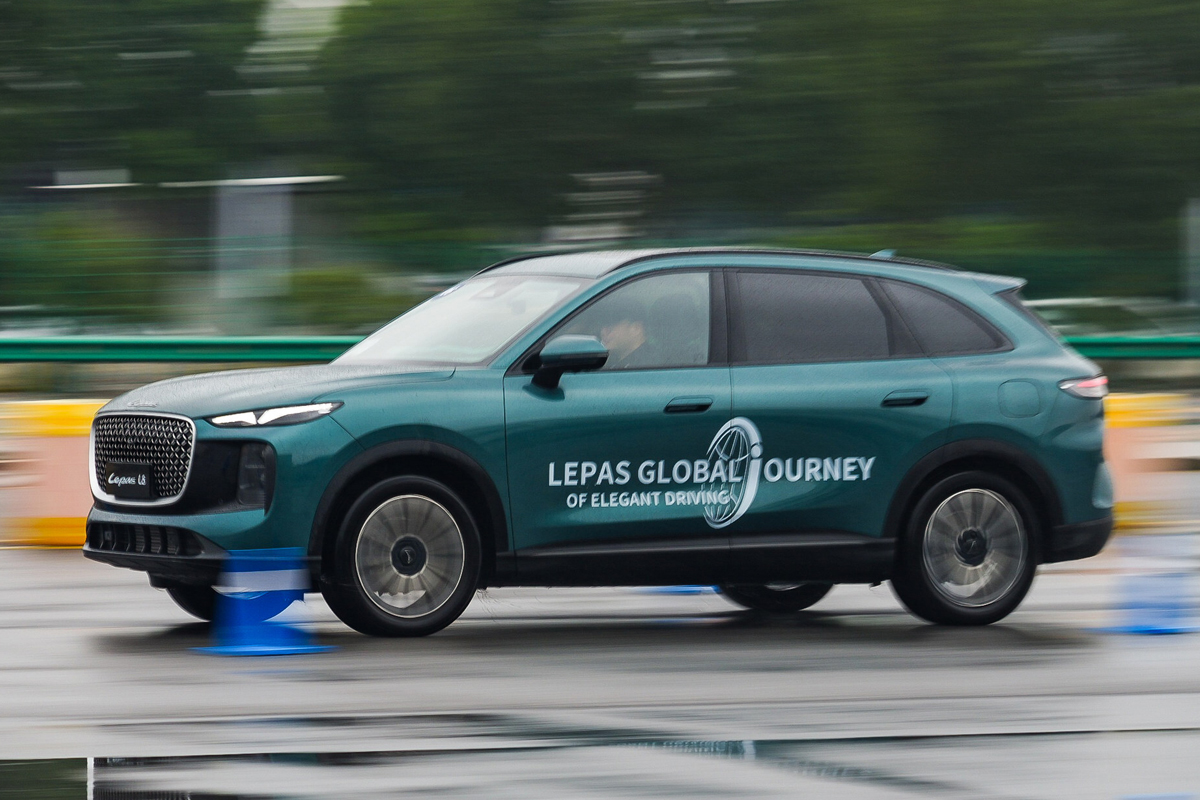
Once we arrived in Wuhu, we had a further opportunity to sample the Lepas L8 at the Chery Group’s test track, where we conducted acceleration, ride and handling, plus braking tests on a gymkhana course.
The wet weather in Wuhu made it more challenging for the L8, but again, the SUV inspired confidence throughout the road trip. After spending 2 days behind the wheel of Lepas’ flagship model – and driving it in anger on the test track – we walked away very impressed with how well engineered the L8 felt.
Biggest challenge facing the Lepas L8
As impressive as the L8 is, the fledgling Lepas brand must now face its biggest challenge: differentiating itself in South Africa – a market that is being flooded by accomplished SUVs from China. Consumers are already commenting online about feeling brand fatigue with the influx of new brands entering our market.
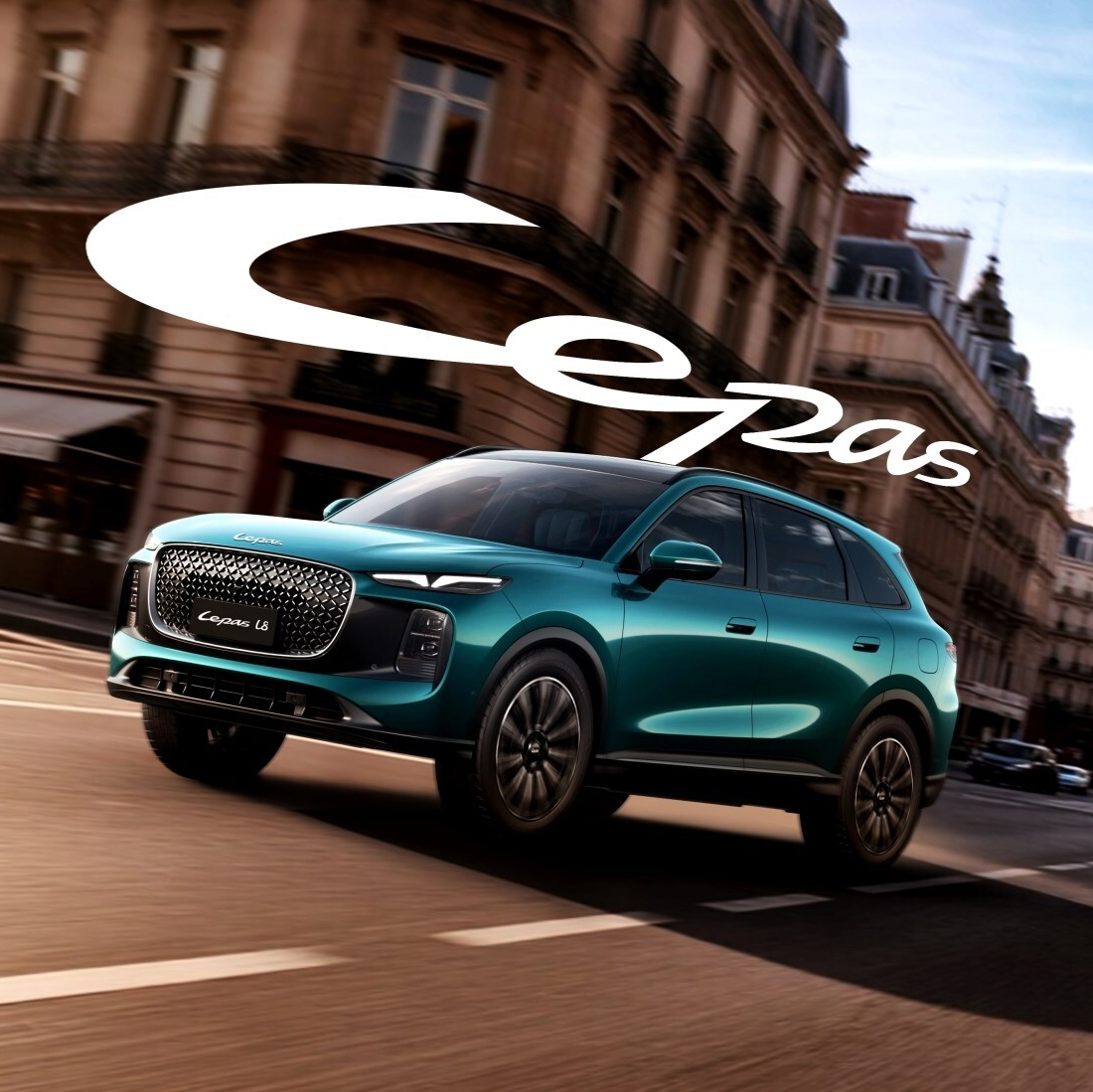
Lepas South Africa should stick to the fundamentals and remember that the Chery brand has become popular because it offers quality, affordable cars. That philosophy will put the brand in good standing, and its pricing strategy will also be a major factor. If the L8 is priced well, well, consumers will follow.
See also: Chery Group Confirms R&D Centre for South Africa
Summary
Overall, we’re excited for Lepas because its products are appealing, and as much as consumers are spoilt for choice already, there’s always space for more quality premium SUVs that are well priced. We’re proud to have been a part of the global media that contributed to the final phase of production for the L8.
Frequently Asked Questions (FAQ)
Q: When will the new Lepas L8 crossover launch in South Africa?
A: The new luxury sub-brand, Lepas, and its flagship model, the L8, are scheduled to launch in South Africa in **early 2026**.
Q: Is the Lepas brand related to Chery or Omoda?
A: Yes, Lepas is a luxury sub-brand owned by the **Chery Group**. The L8 shares design cues with the Chery Tiggo 9 and Omoda C9.
Q: What is the inspiration behind the Lepas brand name and the L8’s design?
A: The name Lepas is a combination of “leopard”, “leap”, and “passion”. The design, particularly the front-end LEDs, is meant to resemble the eyes of a **leopard**.

